|
Verona is located in Northeast Italy’s Veneto region. It is renowned as the setting for Shakespeare’s Romeo and Juliet and it is also the backdrop for his comedic play, The Two Gentlemen of Verona. What comes to my mind however when thinking of Verona are “the two brothers of Verona” Riccardo and Alessandro Pasqua, representing the third-generation of Pasqua Vigneti é Cantine. Over the course of a three-hour luncheon, Riccardo and Alessandro shared their passion, enthusiasm and dedication for winemaking that was clearly expressed in the fabulous wines I tasted. This dynamic duo was born and raised in Verona and they are a force to be reckoned with. Not only do they share an impressive business acumen, but they are also quick-witted, have a strong work ethic, a great sense of humor and they love and live life to the fullest. The history of Pasqua Vigneti é Cantine began in 1925 when the first generation left their home in Apulia for Verona to embark on a new business. Going from the wine and retail trade to becoming a winery, they acquired new vineyards and made affordable table wine, making Pasqua a household name. The second generation, led by Umberto Pasqua, joined the company in the 1960s opening doors for exportation, establishing innovative research for vines and grafting techniques. In the mid-2000s a new headquarters and manufacturing plant was established in San Felice, located in the heart of the family’s vineyards. It is an environmentally friendly, gravity-fed winery complete with cellars, a laboratory and temperature-controlled warehouse. The winemaker is Giovanni Nordera, a cousin of the family. The winery produces approximately 14-15 million bottles of wine per year! The third generation made their entrance in 2007, beginning with Riccardo who had a vision for expanding Pasqua’s market. With the support of his father Umberto, Riccardo along with his wife and children, moved to New York City in 2009 and created Pasqua USA LCC. Within just a few short years and hard work, the revenues allowed Riccardo and Umberto to buy out the other family members, which was finalized in 2017. In 2014, Riccardo’s younger brother Alessandro became Vice President of Americas and moved to NYC taking over Pasqua USA, LCC. Riccardo returned to Italy a few weeks later to handle the day-to-day management of the company. Riccardo became CEO of Pasqua in 2015. Umberto is President of Pasqua and he and his sons Riccardo and Alessandro remain co-owners of Pasqua Vigneti é Cantine. The Veneto wine region has a variety of diverse microclimates, soils and indigenous grapes. The territories surrounding Verona are famous for such wines as Amarone, a Valpolicella blend typically made from Corvina, Rondinella and Molinara grapes and Soave, a white wine made with Garganega grapes. Pasqua has complete control over 741 acres of vineyards (1/3 is estate-owned) spread out from Lake Garda to Soave, with many of Pasqua’s vineyards located in Valpolicella Estesa. Their newest addition of 25 acres is located in Soave. We tasted through five wines at the luncheon, beginning with Pasqua’s Romeo and Juliet Passione & Sentimento wines. The label was inspired by Shakespeare’s star-struck lovers and is a tribute to “all great passions, just like our family’s passion for wine”. The label is a photograph of the messages left daily by visitors on the 20-foot wall outside of Juliet’s house on Cappello Street in Verona. Riccardo and Alessandro felt “it was important for the label to equate Verona with Italy”. And when it comes to making these wines, Pasqua is definitely showing lots of creativity in the winemaking process. Alessandro said, “the Rosso breaks about 10 rules!” Romeo & Juliet Passione & Sentimento Bianco Veneto IGT 2017 is made with hand-harvested 100% Garganega grapes. The appassimento technique is used to make this wine. Grapes dry in trays for a short time to enhance the sugar and floral aromas prior to maceration and fermentation. Part of the wine is then aged in French oak for a few months and then blended. This is a very aromatic wine with layers of citrus, stone fruit and hints of apricot and perfume on the finish. It is refreshing and crisp. Serve as an aperitif or with cheese, fish, fowl and salads. Alcohol: 13% SRP: $16 Romeo & Juliet Passione & Sentimento Rosso Veneto IGT 2016 is made with 100% hand-harvested dried grapes of 40% Merlot, 30% Corvina and 30% Croatina. This is another appassimento-style wine. Grapes are dried for 4 to 6 weeks. The wine is aged for about 3 months in large cherry barrels (second use). The color is ruby with lovely floral, berry and spice aromas. The palate offers cherry, plum and dried fruit and is beautifully balanced with soft tannins and a lingering finish. Serve with hearty cuisine, stews, and aged cheese. Alcohol: 14% SRP: $16 Famiglia Pasqua Amarone della Valpolicella DOCG 2013 is made with hand-harvested Corvina, Rondinella, Corvinone and Negrara grapes. The grapes dry in wooden crates for 4-5 months prior to fermentation. The wine ages in oak barrels for 18-20 months and then an additional 3-4 months aging in bottle. This is a seductive wine with rich aromas of dark berries, chocolate, vanilla and spice. The palate is layered with blackberry, cherry, fennel, spice and hints of earth. This is a beautiful blend of acidity and natural sweetness. Dark berries continue on a long finish. This is a full-bodied wine with silky tannins. Pair with grilled meats, game, hearty stews and hard cheese. Alcohol: 15% SRP: $46 The grapes for the Mai Dire Mai wines are sourced from Pasqua’s single vineyard, Montevegro, a 23-hectare vineyard located at an altitude of 350 meters, with basalt and calcareous soil, providing optimal mineral content. Mai Dire Mai Valpolicella Superiore DOC 2013 is made with 50% Corvina, 30% Corvinone, 10% Rondinella and 10% Oseleta. Grapes are hand-harvested from a single vineyard. The vines are a mixture of new and 40+ years old vines and the limestone in the soil gives this wine its mouthwatering acidity. The wine is aged in French oak tonneaux and barriques for 18 months, (70% new oak and 30% second use.) This is an elegant wine with a ruby red color and lush aromas of dried fruit, cherry, tobacco and spice. The palate offers savory notes of dark dried cherry, clove and espresso. The balance is perfection between the acidity and tannins. The finish is long and the subtly is heavenly. Serve with meats, pasta, firm fish and stews. Alcohol: 15% SRP: $46 Mai Dire Mai Amarone della Valpolicella DOCG 2011 is made with 65% Corvina, 15% Corvinone, 10% Rondinella and 10% Oseleta. The grapes are hand-harvested and dried in crates for 4 months. The wine is aged in new French oak casks (70% 225 liters and 30% 500 liters) for 24 months. This is a decadent and sumptuous Amarone. Riccardo said it perfectly, “it is elegant, versatile and dry to the bone”. Intense aromas of dark plum, cherry, earth and spice set the stage. The wine is full-bodied and complex with the palate offering layers of dark fruit, dried cherry, cloves, dark chocolate and hints of spice. This is a well-balanced wine with silky tannins and a lot of finesse. Pair with pasta, meat, aged cheese and dark chocolate. Alcohol: 16.5% SRP: $100 All of the wines that I tasted are expressive of the terroir and demonstrate the family’s desire to bring back “old school style” wines in addition to being adventurous! Riccardo said, “we want to start a new trend for Amarone and put Valpolicella back on the map, old style. We have the terroir and time to develop, no matter how long it takes”.
As the luncheon drew to a close, Riccardo hinted of a “secret project” that they are working on. Hmmm…I can’t wait to find out! The Pasqua family definitely thinks outside the box and I’m sure whatever they are working on, it will be impressive. The company sells wines in fifty countries worldwide, so find yourself a bottle of their wine and join these “pioneers” in a toast to a “Family Passion!” Until next time… Cheers! Penina To leave a comment or if you have an inquiry, please contact me at [email protected] A few weeks ago a friend of mine gifted me a gigantic bottle of Chopin Potato Vodka. The vodka is named after the composer Frederic Chopin who is quoted on the back of the bottle, “Simplicity is the final achievement”. It is the perfect quote for this vodka. I like to keep my vodka in the freezer, but this 1.75-liter bottle is so large, I had a hard time making room for it. I must admit that the freezer is already holding quite a collection of vodkas. I classify vodka into two categories: drink neat or use as a mixer. Why? Because most premium spirits that go the distance in quality and flavor will ultimately be lost and buried in a mixed drink. Chopin Vodka clearly falls into the category of “drink neat”. Chopin Vodka is a family owned business located in the village of Krzesk, in the Podlasie region of Poland. Tad Dorda is the founder and CEO of Chopin. Tad and his children (second generation) are involved in the day-to-day operations of production, sales and marketing. Chopin vodka is made in a distillery that dates back to the 19th century, which the Dorda family bought in 2003. They restored the distillery’s operations and modernized the bottling and packaging facilities. In fact, the original copper column still is used for production. The vodka is handcrafted in small batches and is naturally gluten and carb-free. Master distiller, Waldemar Durakiewicz, supervises every step of these farm to bottle vodkas and his signature is on all bottles produced. 100% of the alcohol produced at Chopin comes from raw, hand-selected ingredients. The majority of the ingredients are sourced from within 25 miles of the distillery, guaranteeing that only the freshest of potatoes, rye and wheat are used. Tad says, “we take great pride in the quality of the ingredients, our traditional techniques and in people who help us to make our vodkas”. Chopin Potato Vodka is 100% potato vodka. As already mentioned, the late-harvest potatoes are sourced from within a 25-mile radius of the distillery, including potatoes that Chopin grows. The potatoes are cooked whole with their skins prior to fermentation and only purified artesian well water is used. The vodka is 4x distilled in the original copper still. I tasted the vodka cold and neat. The color is clear with clean aromas of earth and vanilla. It is smooth with a creamy texture and hints of vanilla bean and minerality on the palate. The finish is long and silky. Serve neat, on ice or as a martini without the “frills”.
Alcohol: 40% 80 Proof SRP: $59.99 (1.75-liter) If you like vodka, Chopin is worth adding to your collection! Until next time… Cheers! Penina To leave a comment or if you have an inquiry, please contact me at [email protected] With frigid temperatures and bone-chilling winds last evening, it seemed like a perfect time to light a fire and open a bottle of red wine. What to open? My selection of red wines is extensive but after 10 minutes of quickly perusing labels, I finally chose a bottle of Trivento Malbec, a sample sent to me a few months ago. In case you are new to my site and haven’t read my previous stories on Bodega Trivento, here is a quick summary. Bodega Trivento is located in Mendoza, Argentina at the foothills of the dramatic Andes Mountains that extend along the entire length of the country, separating it from Chile. In the mid-1990s Concha y Toro, Chile’s leading wine producer, purchased a collection of eight vineyards spreading across the Maipu, Tupungato, Uco Valley, Luján de Cuyo, San Martin and Rivadavia districts of Mendoza, making it one of the largest wine estates in Mendoza with over 3,185 acres of vines planted. All eight vineyards of Trivento are equipped with state of the art technology, drip irrigation systems and a dedicated team of winemakers and technicians. Winemaker Germán di Cesare oversees the production of Trivento’s premium ranges such as Amado Sur, Brisa de Abril and Golden Reserve wine collection. The name “Amado Sur” loosely translated means “Southern Love”. The name refers to the harmony between Malbec and the unique growing conditions in Mendoza that are so well suited to producing quality Malbec. Trivento Amado Sur Malbec 2016 The grapes for Amado Sur are sourced from the vineyards of Luján de Cuyo, Maipu and Tupungato. The blend is 70% Malbec, 20% Bonarda and 10% Syrah. Each varietal is vinified separately and aged for 8 months in French oak barrels before blending. The wine is then aged for an additional 6 months in stainless steel tanks and then bottle aged for 5 months. The color is deep ruby with alluring aromas of ripe red fruit, dark berries, cherry, dark plum, spice, vanilla and hints of floral. These aromas segue onto the palate with added anise and pepper. Dark cherry and spice linger on a long finish. The wine is full-bodied with smooth tannins, perfectly balanced and beautifully blended. It is interesting to note that Trivento was one of the first Argentine wineries to experiment with Malbec-based blends. Serve with meat, poultry, pasta, chili and hearty soup. Alcohol: 13% SRP: $15 For a more in-depth look at Trivento, their wines, climate and growing conditions, please read my stories which can be found by clicking on “Trivento” in the categories menu at right.
Until next time… Cheers! Penina To leave a comment or if you have an inquiry, please contact me at [email protected] I love Italy! It is a country filled with a long and rich history, captivating wines, mouth-watering food and awe-inspiring art. Indeed, there is something to satisfy all of one’s senses, no matter which of its 20 regions you might visit. No wonder one of Italy’s nicknames is Bel Paese, meaning “beautiful country”. Finding Italy on a map is quite easy, identifiable by its long boot-shaped peninsula. Its diverse and breathtaking landscape starts with the eastern Dolomite Mountains, Carnic Alps and Venetian Pre-Alps on the northern border. The dramatic Apennine Mountain chain stretches along two-thirds of the length of Italy and is the source for almost all the rivers in this country. Situated on the Mediterranean Sea, Italy has a seemingly endless coastline and is surrounded by the Adriatic Sea to the east, the Ionian Sea to the south and the Ligurian and Tyrrhenian Seas to the west. Although wine vineyards can be found in each of Italy’s regions, thoughts usually turn to Tuscany, Veneto, Piemonte and Abruzzo when considering Italian wine. However, the region of Puglia (also known as Apulia) located in southern Italy bordering the Adriatic Sea, should be in your thoughts as well. If you like gentle tropical breezes, palm trees, beautiful beaches, historical charm, traditional cuisine, and of course wines that communicate the terroir, then Puglia is a region worth exploring. Within the region of Puglia is the Salento Peninsula which is in the southernmost part of the boot called the heel. It is bordered by the Adriatic and Ionian Seas and is home to Salice Salentino, DOC. There are 25 DOCs in Puglia but the wines of Salice Salentino are world-renowned. Salice Salentino obtained DOC status in 1976 and the Salice Salentino Consortium was founded in 2003 by a group of producers whose mission it is to protect and promote the indigenous grapes throughout the territories in the province of Lecce and beyond. The Consortium represents approximately 80% of the entire Salice production chain. The grape vines here date back to the 6th century BC, but it wasn’t until the early 1930s that farmers started to experiment with the indigenous grapes Negroamaro and Malvasia Nera. The first Salice Salentino red wine produced was a blend of these two grapes. Today, there are a variety of wine styles produced from the indigenous grape varietals that grow here. The climate is dry with long hot summers and cool breezes emanating from the Mediterranean that balance the temperatures in the vineyard. Because the Apennine Mountain chain bypasses Puglia, the land here is relatively flat with diverse and fertile soils, mostly made up of clay and limestone. Due to the soils’ ability to retain groundwater reserves, especially important in dry years, the vines are able to provide high-quality wines. All of these attributes combined set the stage for making this the perfect agricultural area for producing and contributing to the complexity and uniqueness of the wine. In addition to grapes, this region is also noted for producing olive oil, artichokes and tomatoes. In fact, fifty percent of Italy’s olive oil is produced in Puglia! The principal red grape that defines Salice Salentino is Negroamaro. Other red grape varietals such as Primitivo, Malvasia Nera, Aleatico and Susumaniello are also grown here. White grape varieties include Chardonnay, Fiano and Pinot Blanco. Negroamaro in Italian means, “black bitter”. It is usually produced as a single varietal, but can also be blended. The DOC regulations state that wines labeled Salice Salentino DOC must have a minimum of 80% Negroamaro grapes. Malvasia Nera grapes can make up the other 20%. The finest Negroamaro wine is made in the Salice Salentino DOC. The wine is extremely dark in color with typical dark berry flavors and is mildly aromatic. Negroamaro grapes are also used to make wines such as Negroamaro Rosato, sparkling rosé, dessert wine and Riserva. All wines labeled Riserva must be aged for a minimum of 24 months, including at least 6 months in oak barrels. Since we are in the heel of the boot, let’s explore a few wineries and taste some wine. Cantina San Donaci is located in the Salento countryside and is one of the oldest wineries here, established in 1933. What once was a small group of 12 farmers whose objective it was to expand and develop their land and products, is today a large group of 600 partners. Approximately 50 to 60 quintals of grapes are produced per year. The winery has 500 hectares of vineyards in prime areas of Salice Salentino with a variety of soils and microclimates. Grape vines grow on calcareous-argillaceous soils that are conducive to the hot and dry climate. Different types of planting systems and pruning techniques are used depending upon the varietal and irrigation needs. According to the winery, “the key is moderate growth and fewer buds to attain superior grape quality”. The most up to date modern technology is used in the winemaking process. “One of the most important features of our products is the irreplaceable aging in durmast barrels, which refine the taste and enhance the high quality”. Durmast is a European oak and is known for its dark, heavy and tough elastic wood. Cantina San Donaci uses only indigenous grapes from their vineyards. In addition to the traditional red grape varieties of Negroamaro, Primitivo and Malvasia Nera they also use Malvasia Bianco, Chardonnay, Bombino and Trebbiano. Anticaia Salice Salentino Rosato DOP 2017 is made with 90% Negroamaro and 10% Malvasia Nera. The Malvasia Nera helps to soften the tannins and brings more aromatics to the blend. The wine is a striking coral color with pronounced aromas of roses, strawberry and cherry. The main flavors on the palate are strawberry, cherry and raspberry, with a hint of lemon zest on the finish. This is a dry and lively wine with a good balance between the acidity and alcohol. Pair this wine with white meats, seafood and mild cheese. Alcohol: 13.5% Candido Winery is just up the road from the town of Salice Salentino and is another very old winery, founded in 1929 by Franceso Candido. Franceso produced his first wine in 1929, setting the standard for the beginning of Salento-style winemaking. Alessandro Candido who is Managing Director and his brother Giacomo are the third generation in this family-owned business. The winery has 140 hectares of dryland farming vineyards on which organic red and white indigenous grapes are grown. According to Alessandro, “Negroamaro is the absolute king and the one on which Candido focuses its work the most”. When it comes to winemaking, Candido combines tradition with state of the art equipment, producing wines that let the grapes and terroir speak. La Carta Salice Salentino Riserva DOC 2015 is made with 95% Negroamaro and 5% Malvasia Nera. Since “Riserva” is on the label, we know that the wine aged for a minimum of 24 months with at least 6 months in oak barrels. The color is dark ruby with aromas of red berries and black berries, plum, spice and earth. The palate is layered with blackberry, black cherry, plum, pepper, vanilla and hints of chocolate. Pepper and cherry notes on the long finish had me craving for another sip. This is an easy wine to drink. It is full-bodied and beautifully balanced with richness and structure. Pair with meats, pasta, aged cheese, grilled veggies and even pizza! Alcohol: 13.5% I recently asked Alessandro what goals in winemaking Candido is hoping to achieve. His reply was as follows and I believe he speaks for most wineries in Salento: “Tradition is what identifies a territory and its own wines. Today, the “New Wine World” – and I do refer to the one overseas - has made international grape varieties its own, reaching excellent quality at a very good price! The wines we produce and sell are unique and different thanks to our indigenous grapes which grow up here and nowhere else in the rest of the world and for this reason they represent our future! I know this might seem obvious, but it is the characteristics of a specific territory that give wines their inimitable character. And that’s what we are focusing on: quality and uniqueness, an excellent choice that has already shown great results to us”. Salice Salentino wines truly express the land that they come from with their exotic and exceptional aromas and flavors. And if the two samples of wine that I just tasted are any indication of what Salento has to offer, then I can’t wait to sample more!
So, the next time you’re considering an Italian wine to drink, think beyond the known and try Salice Salentino wine. Pour yourself a glass and enjoy your visit to Salento one sip at a time! Happy New Year! Many bottles of wine were opened over the holidays, most for tasting purposes, but there were quite a few wines that got my attention. One of the “pours” that had me going back for seconds was a bottle of Cline Family Old Vine Zinfandel. Cline Family Cellars was established in 1982 and is a family owned and operated winery with Fred and Nancy Cline at the helm. Fred learned winemaking from his grandfather and it was in 1982 that he produced his first vintage in Oakley, CA. In 1989, Nancy and Fred purchased a 350-acre horse ranch in Carneros and developed it into a wine vineyard. They moved the winery to Sonoma County. Their vineyards are located in Oakley (Contra Costa), which is home to some of the oldest grapevines in California, in Carneros their estate vineyards and in Sonoma Coast also known as Petaluma Gap. Each vineyard location has its own distinct climate and soil that dictates the types of grapes grown and the overall expression of the wine produced. Cline Family Cellars practices sustainable farming using such practices as hand hoeing and bringing in sheep and goats to eat the weeds. “We make every effort to reduce soil erosion and other harmful ecological footprints. Our self-nourishing system of minimal human intervention yields excellent quality crops.” Lodi is home to the oldest Zinfandel vines in California. Some of these ancient vines are over 100 years old. There are seven district AVAs within Lodi. The grapes used for the Cline Old Vine Zinfandel 2016 wine were harvested almost entirely from the Mokelumne River AVA. Vineyards include the Fowler Ranch dating back to 1942, Hubert and Harney vineyards planted in 1962 and the Alpine vineyard planted in 1968, making some of the vines used for this wine over 70 years old. Why use old vines? Old vines have roots that are deeper and stronger, allowing the vine to benefit from a larger selection of nutrients and minerals. Also, older vines produce fewer grapes, so there is more focus and concentration on the low yield grapes on the vine. The result is a richer and more expressive wine. The Old Vine Zinfandel 2016 is 100% Zinfandel. The wine was aged for 8 months in 35% new French oak. The color is dark ruby with aromas of cherry, red currant, strawberry and spice. The palate offers dark cherry, raspberry and plum with traces of pepper, vanilla and coffee. The wine is full-bodied with velvety tannins and a long finish with just the right amount of jamminess. This wine will pair well with most hearty recipes of meat, poultry and fish. If leaning towards fish, choose a dense one such as tuna, swordfish and shrimp. Tangy sauces and robust pasta will also pair well with the wine.
Alcohol: 14% SRP: $10.99 To quote Nancy Cline, “Our success is based on coming up with a product of high quality and still maintaining value, allowing everyone to enjoy it”. Not only is this wine impressive, but the affordable price is as well! Until next time… Cheers! Penina To leave a comment or if you have an inquiry, please contact me at [email protected] With 2019 rapidly approaching, it’s time to reflect on this past year. I’m so grateful for all the new friends I’ve made through travels, wine events, social media and this site! It has been a stellar year for learning, exploring and tasting wines from around the world. In August I received my WSET Level 2 Wine & Spirits certification, passing with Distinction and I’m presently immersed in studying for Level 3 Awards in Wine. The desire to continually challenge myself is the driving force in my efforts to make the most of each day. I already have a growing list of stories to write and share with you this coming year. And I look forward to posting my first story of 2019 on January 2nd. As always, I enjoy your comments and questions and hope to see more of them this year.
I can’t take credit for the quote below, but I think it says it all! “A New Year is like a blank notebook, and the pen is in your hands. This is your chance to write a beautiful story for yourself.” Anonymous Wishing all of you a New Year filled with joy, love and boundless opportunities and adventures. I hope that you fill up the pages of a notebook with YOUR perfect story! Happy New Year! Last spring while sorting out wine from our restaurant days, we unearthed a case of Baglio Di Pianetto 2002 Piana Del Salici Merlot from Sicily. Coincidentally, just days before discovering the wines I received an invitation to join a press trip that included a two-day visit to Baglio Di Pianetto! How perfect! It was an amazing trip that took place at the end of June and was filled with breathtaking scenery, expressive wines and outstanding cuisine. Baglio Di Pianetto knows how to entertain! Please click on the following link to read my story about the winery, its history and their 100% organic wines. http://thewineknitter.com/1/post/2018/07/day-658-viaggio-in-sicilia.html In addition to tasting a multitude of their impressive wines, I had the opportunity to drink the Salici Riserve 2012 IGT Sicilia 100% Merlot. Here are my notes: The aromas are intense with notes of dark berries, cherry, floral, and cloves. The wine is full-bodied and the palate is layered with dark raspberry, blackberry, plum, anise and subtle spices. The finish is long and jammy with velvety tannins. Superb! So with that in mind, I opened the 2002 IGT Piana Del Salici Merlot today. The color is deep garnet bordering on tawny. The aromas are of fig, dried fruit and hints of dark fruit. The palate is at the end stage of tertiary flavors such as cooked blackberry, earth, and savory with a hint of sour cherry and caramel. Unfortunately, this particular bottle did not hold up as well as some of the others in the case. Although I didn’t taste the other wines, I was told that they were still vibrant with dark fruit and subtle spices. I look forward to opening the remaining bottles with the hope of a more positive outcome! Until next time…
Cheers! Penina To leave a comment or if you have an inquiry, please contact me at [email protected] Every holiday season Don Melchor arrives at my doorstep for our annual get together. We have had a standing date for the last few years and I always look forward to it. Don Melchor Cabernet Sauvignon is Chile’s first and most renowned wine and Concha y Toro’s signature red. Winemaker Enrique Tirado has been at the helm of this project for the past 20 years and each vintage of Don Melchor he has produced is expressive and elegant. However, the 2015 vintage is the crème de la crème. To quote Enrique, “ the 2015 vintage of Don Melchor is one of the best vintages of my life”. Every year Tirado chooses grapes from 50 to 60 parcels, out of the 142 located in the Puente Alto vineyard on the north bank of the Maipo River in the sub-region of Maipo Valley. It is a 313-acre vineyard planted on the Maipo River’s oldest terraces. Tirado says, “each parcel not only offers a unique expression, but that expression varies from year to year”. Enrique also adds, “Don Melchor is not a single Cabernet Sauvignon but multiple expressions and that making this multi-Cabernet blend is a challenge.” The 2015 vintage began in the vineyard with ideal conditions that were extraordinary. The perfect soil and climate conditions throughout the growing season led to an intense expression of aromas and flavors in this vintage. According to Enrique, “every block of the vineyard exuded a particular strength of character and contributed even greater complexity to the finished wine”. Don Melchor Cabernet Sauvignon 2015 is a blend of 91% Cabernet Sauvignon, 7% Cabernet Franc and 1% Petit Verdot. The wine was aged for 15 months in French oak barrels (69% new and 31% second-use). The color is ruby red with heady aromas of cherry, plum, spice, vanilla and a touch of earth. The palate is sumptuously layered with cherry, red currant, toast, fennel, spice, chocolate and hints of minerality. The balance of acidity and tannins leads to a smooth and luxurious mouth-feel. The wine is very drinkable now but has the aging potential of 20 to 25 years. Of course, I am revisiting this bottle much sooner! Pair with stews, meat, aged and creamy cheese.
Alcohol: 14.5% SRP: $120 This vintage is the ultimate expression of the terroir and Enrique Tirado’s master winemaking. It is an elegant and impressive wine. Until next time… Cheers! Penina To leave a comment or if you have an inquiry, please contact me at [email protected] As you might recall from a previous story, several months ago I received an assortment of wines that were leftover from our restaurant days in NYC. Every now and then I open one as a treat for my palate. Since getting a Coravin system, it has made it a lot easier for me to taste these vintage wines without sacrificing the whole bottle. One of the wines from my “stash” is a 2000 Barone Ricasoli Rocca Guicciarda Chianti Classico Riserva. With the recent arrival of two sample wines of Barone Ricasoli, I was motivated to taste the 2000 vintage as well. Barone Ricasoli is located in the Brolio territory of Chianti Classico. The Ricasoli cellars are at the foot of the historic Brolio Castle. The castle became the property of the Ricasoli family in 1141 and it is where all the wine production takes place. It was in this castle in 1872 that Baron Bettino Ricasoli originated the formula for Chianti wine, now called Chianti Classico. They are the oldest winery in Italy and the fourth oldest family business in the world. The Ricasoli family was among the first to devote themselves to the development and improvement of agriculture and vineyards. The family tree document of 1584 shows one of the first images of the Chianti area. In 1993 Baron Francesco Ricasoli, the great-grandson of Bettino became the owner and president of Ricasoli. He completely renovated the vineyards making them sustainable. And, he continually studies the soil types and clonal selection of Brolio Sangiovese which is one of his biggest passions. Ricasoli is comprised of 1,200 hectares of land of which 240 hectares are wine vineyards and 26 hectares are olive groves. Castello Brolio 2013 Chianti Classico DOCG Gran Selezione is a blend of 90% Sangiovese, 5% Cabernet Sauvignon and 5% Petit Verdot. The grapes are selected from the estate’s best vineyards in Gaiole and the wine is only produced in the best years. The wine was aged for 21 months in French oak barriques and 20% new tonneaux. The color is deep ruby with aromas of dark cherry, dark plum, spice, toasted oak and a touch of floral. The palate is layered with blackberries, dark plum, licorice, dark chocolate, vanilla and hints of earth. This is a full-bodied, rich and balanced wine with a long and persistent finish. Alcohol: 13.5% SRP: $70 COLLEDILÀ 2015 Chianti Classico DOCG Gran Selezione is 100% Sangiovese. Colledilà is considered one of the most representative wines of the terroir of Brolio. The grapes are selected from the estate Chianti Classico. The wine was aged for 18 months in 30% new tonneaux. The color is ruby with a beautiful bouquet of red berries, sweet spice and violets. The palate is lush with dark fruit, sour cherry, plum, licorice and cedar. This is an elegant wine with a velvety mouth-feel and soft tannins. It is perfectly balanced with a long and jammy finish. Alcohol: 14% SRP: $70 Rocca Guicciarda 2000 Chianti Classico DOCG Riserva At one time Rocca Guicciarda was the most important estate of Barone Ricasoli. Today, it is the name of the estate’s Chianti Classico Riserva. This wine is made from 100% Sangiovese. The 2000 vintage aged for 20 months in part barriques and part tonneaux. I used my Coravin to extract a glass of wine. The color is garnet and still has some good aromas of dark fruit, plum, dried fruit, sweet spice and earth. The palate is savory with sour cherry, fig, leather and hints of pepper. It is still very drinkable but less definable. It has a nice balance between acidity and tannins. I will definitely re-visit this wine over the holidays. Alcohol: 13.5% If you like wines from Chianti Classico or even if you’re not familiar with them, put Barone Ricasoli on your shopping list and enjoy a glass!
Until next time… Cheers! Penina To leave a comment or if you have an inquiry, please contact me at [email protected] In August of 2017, I was first introduced to Susana Balbo wines. I was so impressed with this winemaker and her expressive wines that I wrote a two-part story. I recently received six more samples of Susana Balbo 2016, 2017 and 2018 vintages. Needless to say, I was ecstatic with the prospect of tasting these wines. Before I get into the nitty-gritty of Susana’s wines, I think it is worth the re-read from my last story that covered the history of this iconic woman! Susana Balbo is the founder and owner of Susana Balbo Wines in Argentina. Susana is not only the most well known Argentinian female winemaker globally, but she is also the first female enologist in Argentina! With over thirty years experience in the wine industry, Susana has built an impressive career and produces some outstanding wines. From an early age, Susana strayed from wanting a traditional “female” education by electing to study nuclear physics in Bariloche. However, her parents would not let her leave Mendoza to pursue this path. So, Susana made a decision to follow the family’s wine business and in 1981, she graduated from Don Bosco University with a degree in enology, becoming the first female enologist in Argentina and challenging the male-dominated wine industry in Mendoza. Susana’s career began at Michel Torino winery in the Salta province where she made her first wine in 1983. It was the first vintage of Torrontés from Salta. She then continued on to work at many other well-regarded wineries and also worked as a consultant winemaker for national and worldwide wineries before “birthing” Susana Balbo Wines in 1999. Her first vintage was released in 2002. Susana Balbo Wines is located in Luján de Cuyo, Mendoza in western Argentina close to the Andes Mountains. Due to the close proximity of the Andes, the vineyards are subject to a hot, dry climate during the day and cool alpine winds in the evenings, thus allowing the grapes to develop and ripen slowly while reaching full tannic ripeness and maintaining their acidity. In addition to Susana’s two children, José, winemaker and Ana, Marketing Manager who joined the team in 2011 and 2012, esteemed winemaker and viticulturist, Edy Del Pópolo is also on board. Susana is renowned throughout the world for her winemaking talents and single vineyard wines. Susana is also a global ambassador for Argentina. In 2014 she was elected to serve a third term as President of Wines of Argentina. This year, Susana was invited to chair October’s W20 summit, an international gathering of women that is a project of the larger G20 group. They met to discuss promoting gender equality in the world’s 20 leading economies. Susana produces four brands of wine that include CRIOS, Susana Balbo Signature, Nosotros and BenMarco. The Susan Balbo Signature wines are individually fermented varietals that are then carefully blended. These wines are a reflection of Susana’s tastes and preferences by enhancing each grape’s character while expressing the terroir. 2018 Susana Balbo Signature Rosé is a blend of 60% Malbec and 40% Pinot Noir. Grapes were hand-harvested from vineyards in the Uco Valley. The color is salmon with beautiful floral, citrus and red berry aromas. The palate offers a fresh and lively acidity with strawberry, red cherry, minerality and hints of sweet melon on the finish. Drink as an aperitif or with fish, fowl, cheese and sushi. Alcohol: 13% SRP: $20 2017 Susana Balbo Signature Brioso White Blend is made with 45% Semillón, 30% Torrontés and 25% Sauvignon Blanc. Needless to say, this is a very seductive and aromatic wine. The grapes were hand-harvested from the high altitude vineyards of Altamira in the Uco Valley. The wine is aged four months in 60% first use French oak and 40% second use. The color is pale lemon with intense aromas of white lilies, citrus, pear and vanilla that segue onto the palate with hints of minerality on the finish. I could drink this wine all year long! Drink as an aperitif or with spicy food, cheese, fish and fowl. Alcohol: 13% SRP: $24 2016 Susana Balbo Signature Brioso is a beautiful blend of 53% Cabernet Sauvignon, 24% Cabernet Franc, 16% Malbec and 7% Petit Verdot. The grapes were hand-harvested from Agrelo in Luján de Cuyo at elevations of over 3,300 feet. The wine was aged for 15 months in 100% new French oak. The color is deep red bordering on purple with intense aromas of black fruit and sweet spice. The palate offers a smooth blend of blackberry, dark plum, spice, pepper, dark cocoa and hints of cedar and floral. This is a luxurious and complex wine that is sure to age well. Pair with hearty meals and aged cheese. On the back label of the Brioso wine, Susana says, “Brioso means “a spirited love of challenge” and expresses my passionate drive to create a wine that reaches the pinnacle of quality.” Alcohol: 13.5% SRP: $45 Edy Del Pópolo is a viticulturist and winemaker for BenMarco Wines. “BenMarco wines allow us to go higher in elevation and work in extreme sites never explored before”. The characteristics of the best soils and grapes of Mendoza are expressed in these wines. Vines are planted in complex alluvial soils and Edy brings the “purest interpretation of the soils to the wine by allowing the vines to speak without any winemaking influence.” The BenMarco wines are unfined and unfiltered. 2016 BenMarco Cabernet Sauvignon is 100% Cabernet Sauvignon. The grapes are hand-harvested from the alluvial soils of Los Árboles vineyards in the Uco Valley. The wine is aged for 11 months in 100% French oak. The color is dark ruby with floral, dark berries and plum aromas. The palate offers black cherry, dark plum, sour cherry, blackberry fennel and pepper. This is a perfect balance of juicy acidity and grippy tannins. Pair with stews, grilled meat, hearty pasta and aged cheese. Alcohol: 13.5% SRP: $20 2016 BenMarco Malbec is 100% Malbec. The grapes are hand-harvested from the Los Chacayes region of the Uco Valley. The wine is aged for 11 months in 100% French oak. The color is deep ruby with aromas of floral, jammy fruit and spice. The palate offers succulent black fruit, dark plum, spice, pepper and hints of vanilla and oak on a long finish. This is a rich and expressive wine with just the right amount of acidity and tannins. Alcohol: 13% SRP: $20 2016 BenMarco Expresivo is 75% Malbec and 25% Cabernet Franc. The grapes are hand-harvested from the Gualtallary region of Uco Valley. The wine is aged for 14 months in 100% new French oak. The color is dark ruby with lush aromas of blackberry, black cherry, floral and hints of minerality. The palate is layered with spicy dark berries, dark plum, cranberry, earth, chalk, pepper and hints of vanilla and clove on a long finish. This wine has elegance and is beautifully balanced. It will be interesting to taste this again in a few years. Pair with grilled meats, fowl, spicy stews and hearty pasta. Alcohol: 13.5% SRP: $35 With state of the art technology and a nonstop commitment to seeking innovative ways to enhance her winemaking, Susana Balbo continues to produce elegant wines that are expressive of the terroir. I will end this story with one last quote. “The creation of my wines at Susana Balbo Wines is to me the maximum achievement as a winemaker, product of all my efforts and many years of hard work. I could say that the winery is like my third child, a dream come true.” Susana. Until next time…
Cheers! Penina To leave a comment or if you have an inquiry, please contact me at [email protected] |
Categories
All
|

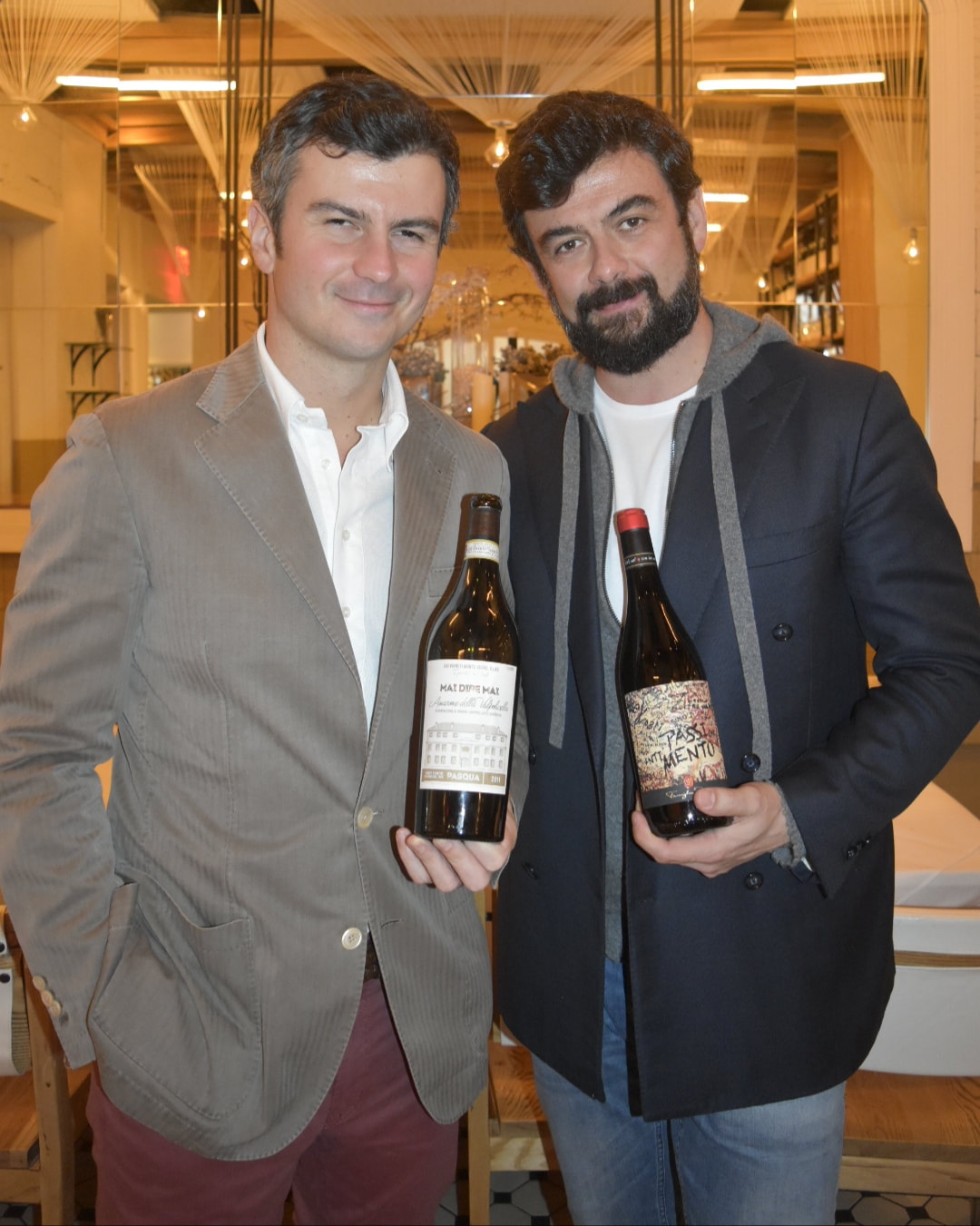
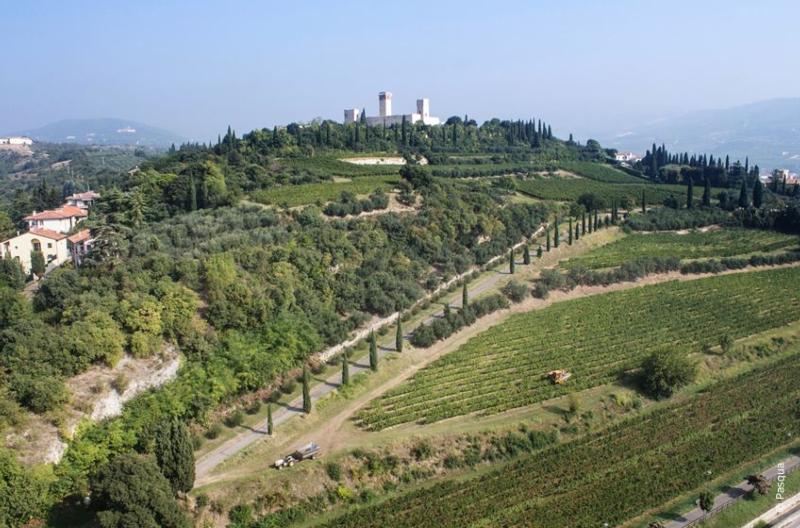
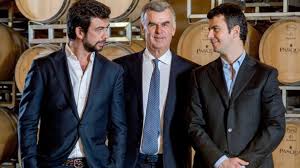
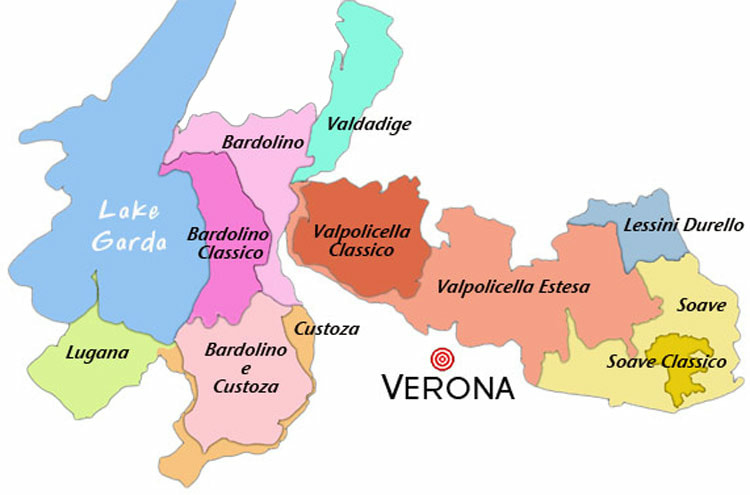
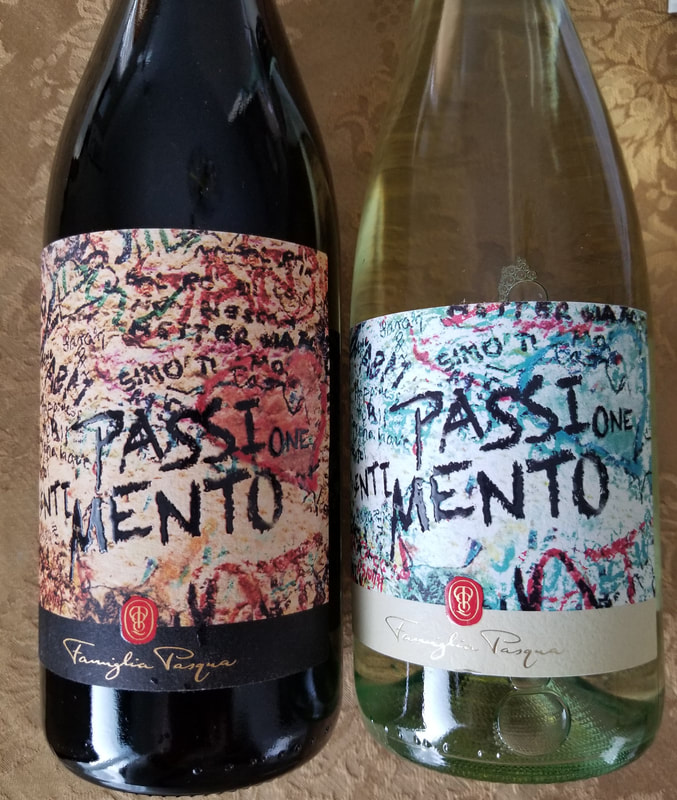
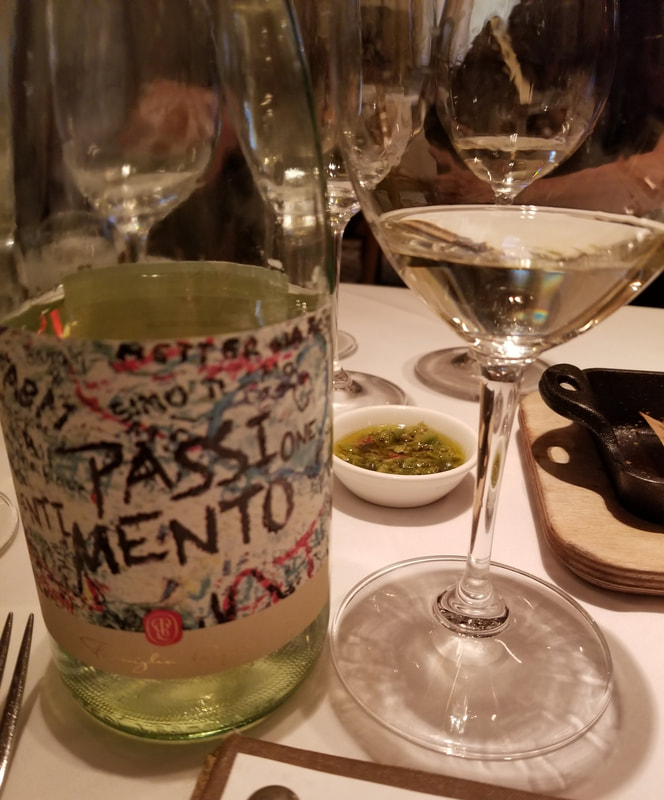
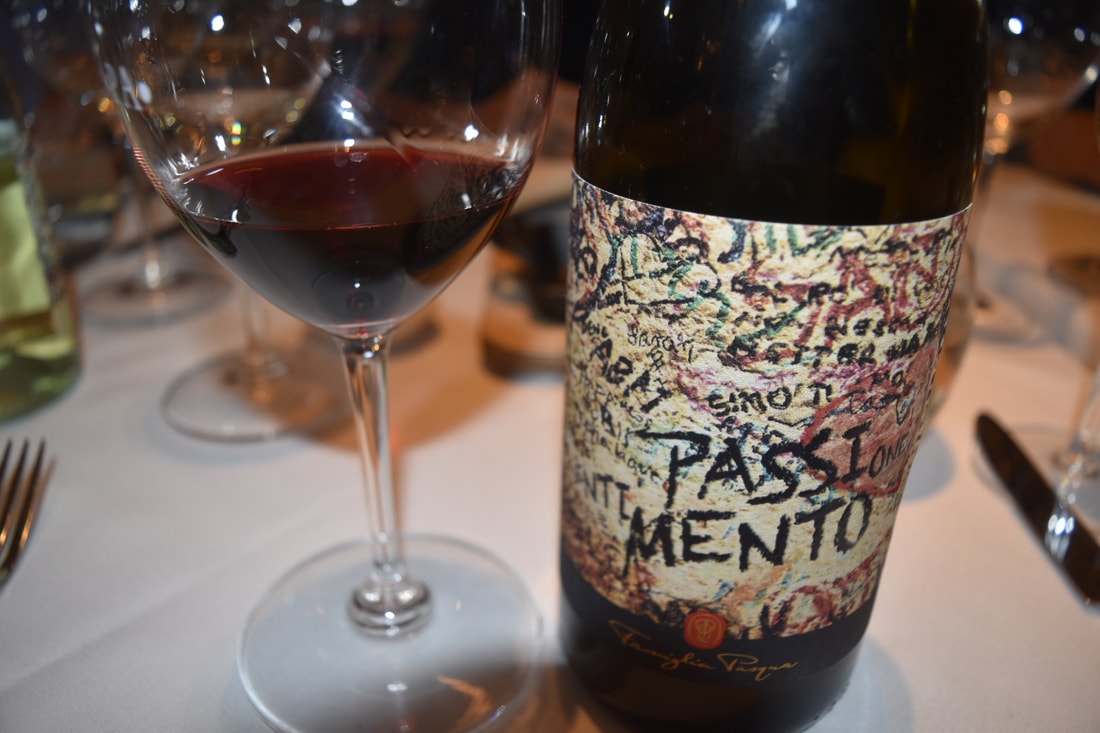
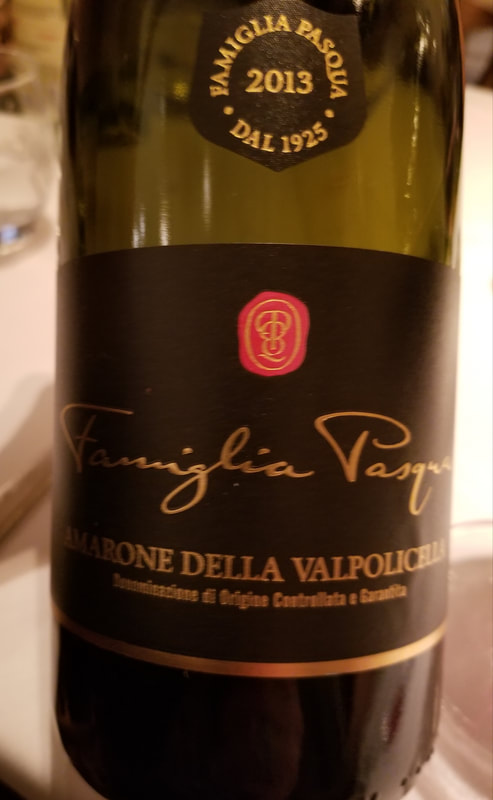
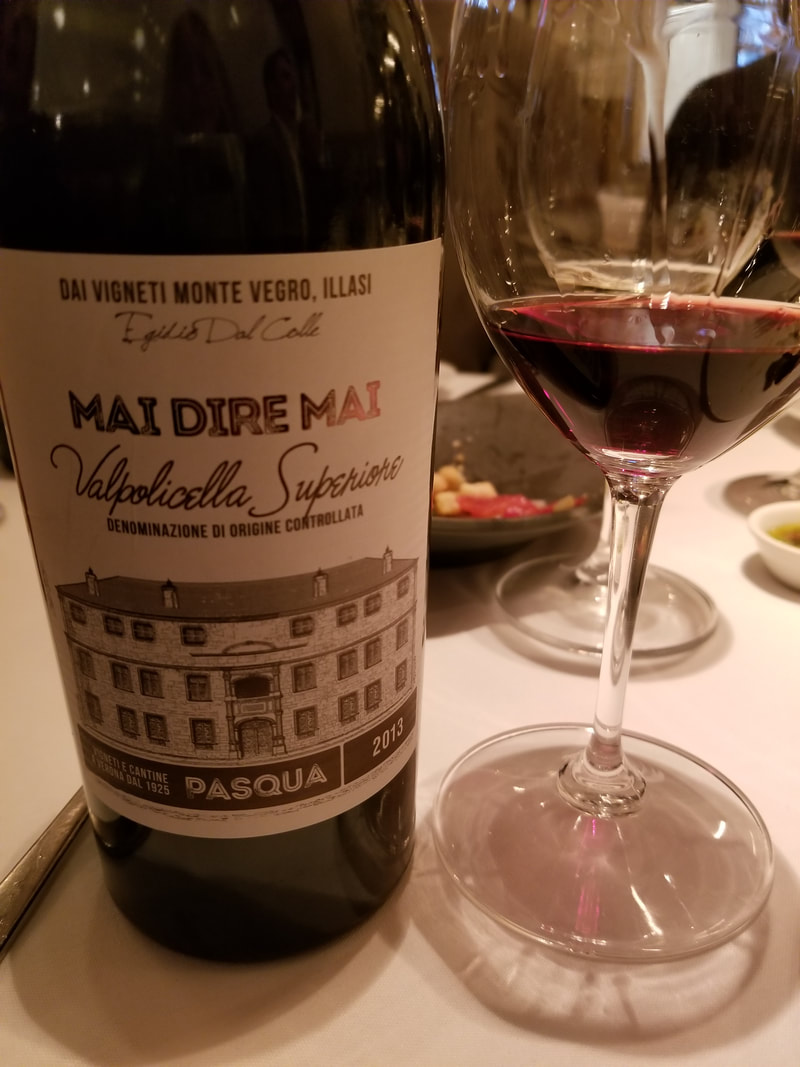
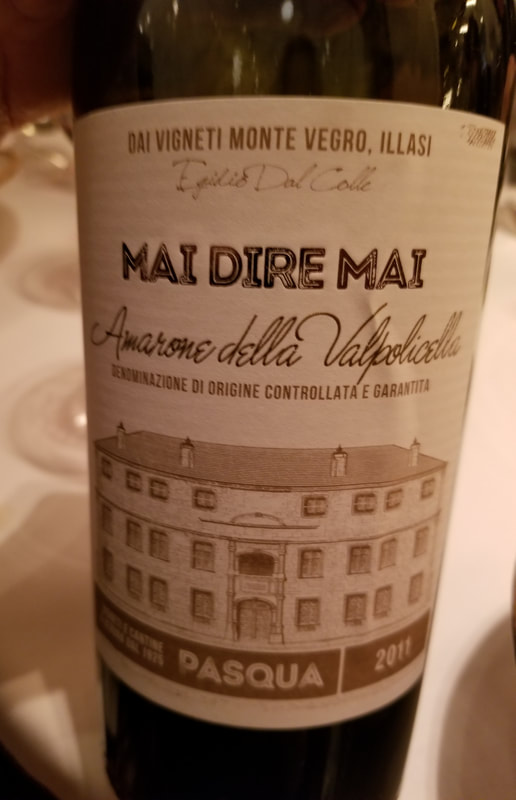
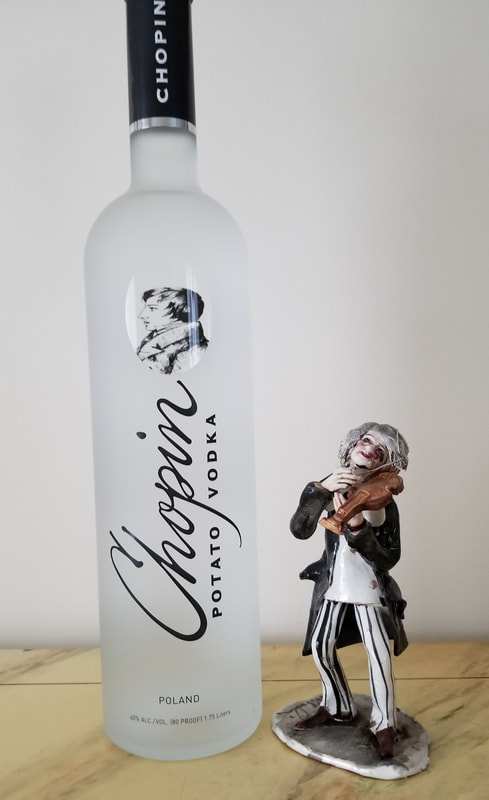
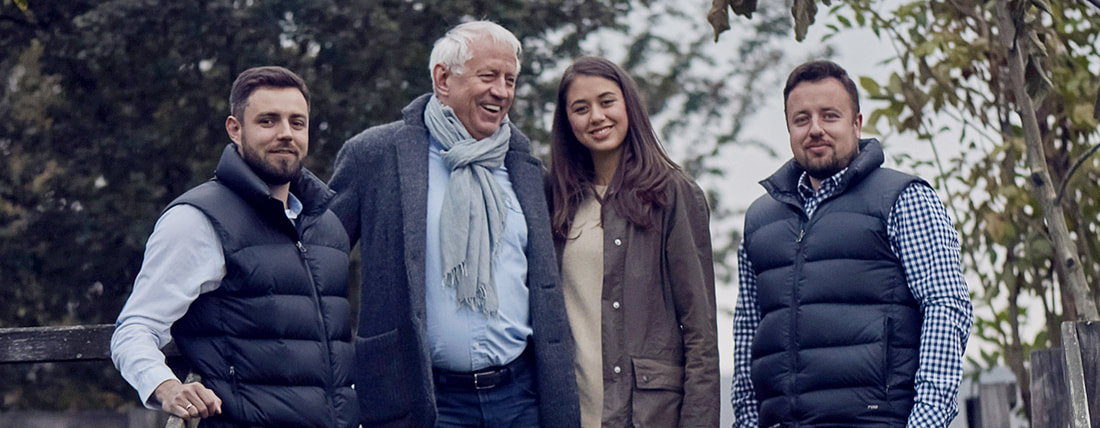
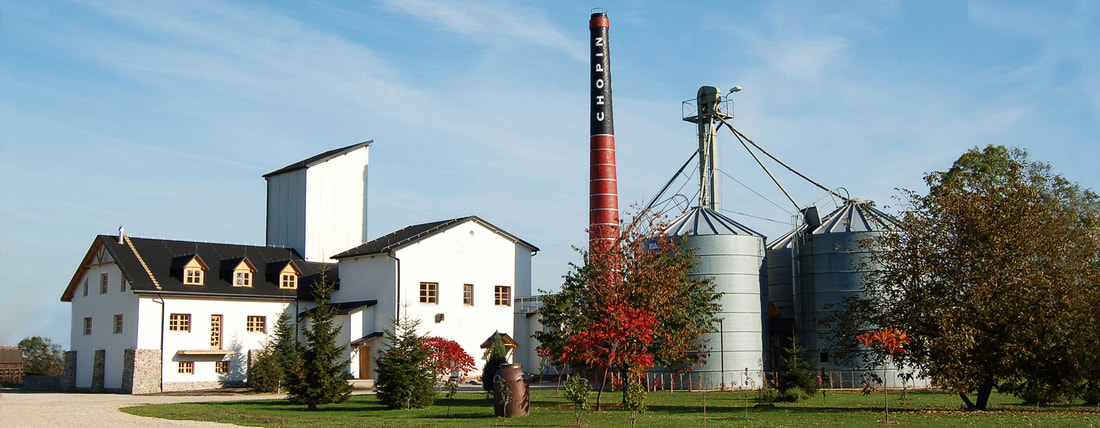
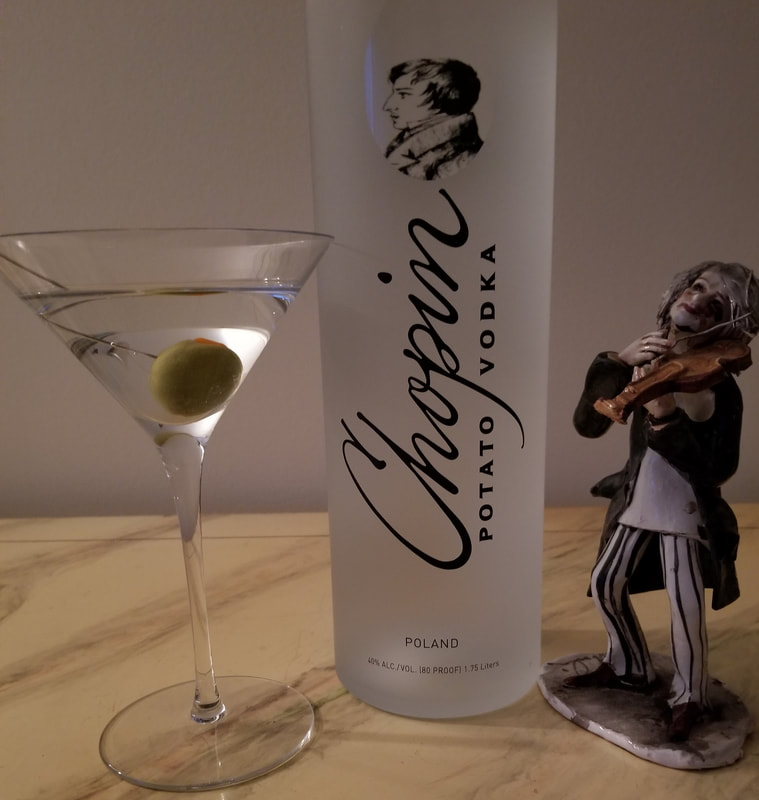
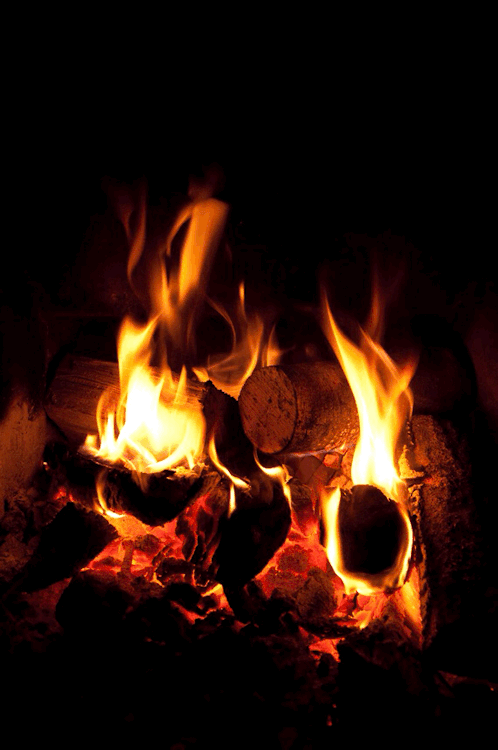

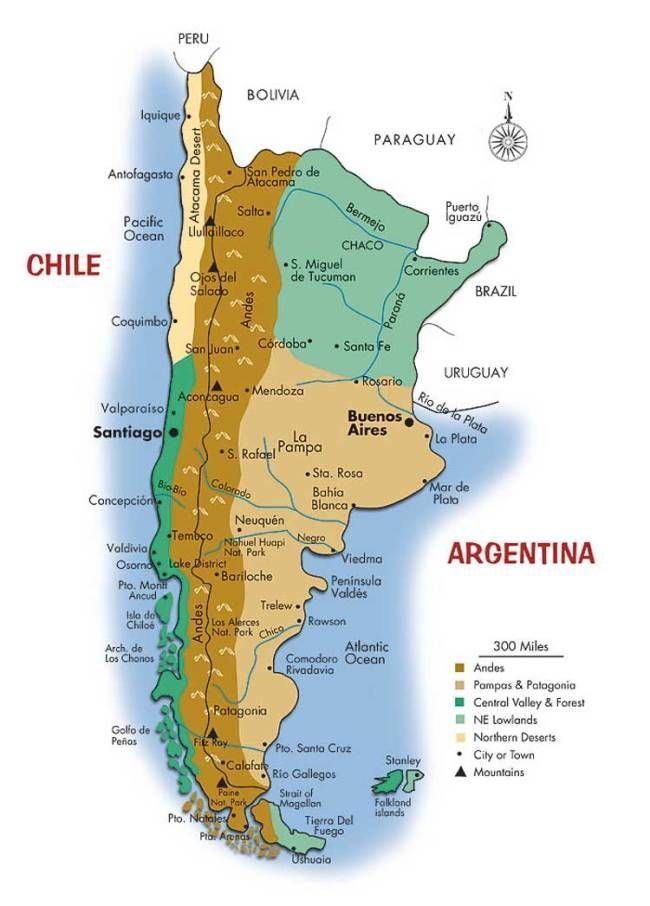
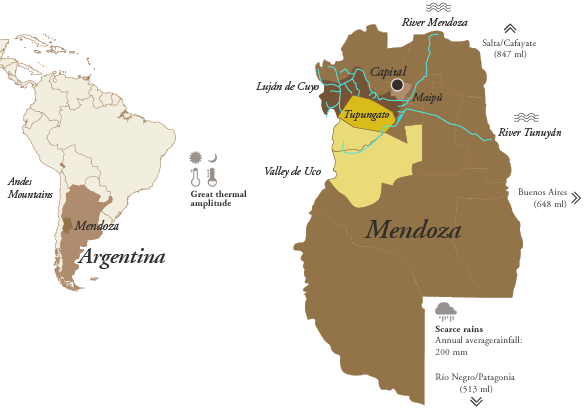
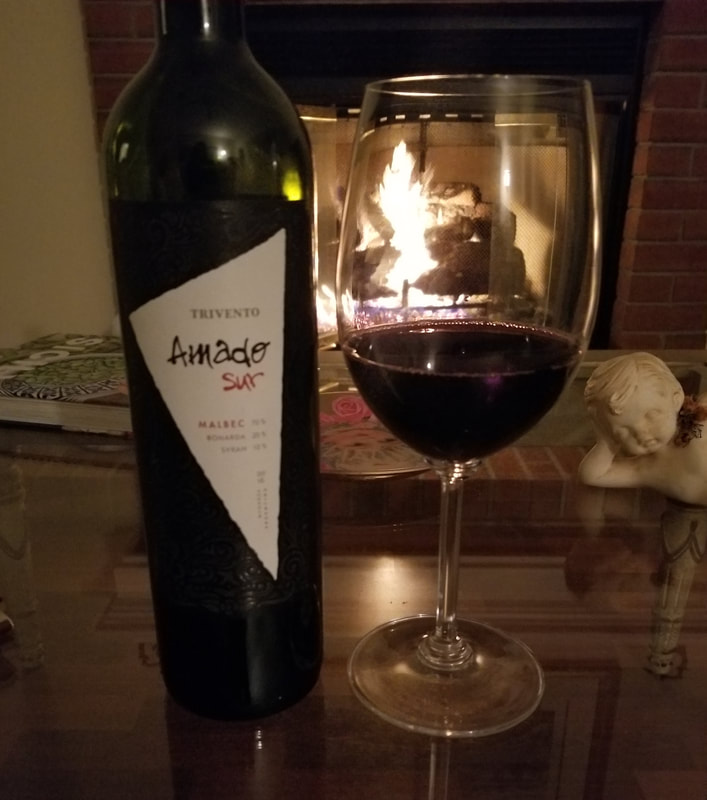
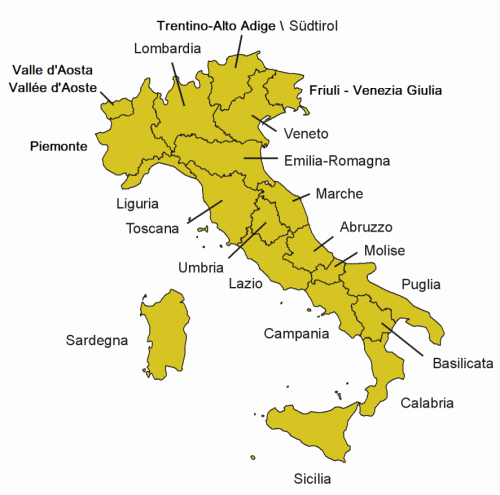
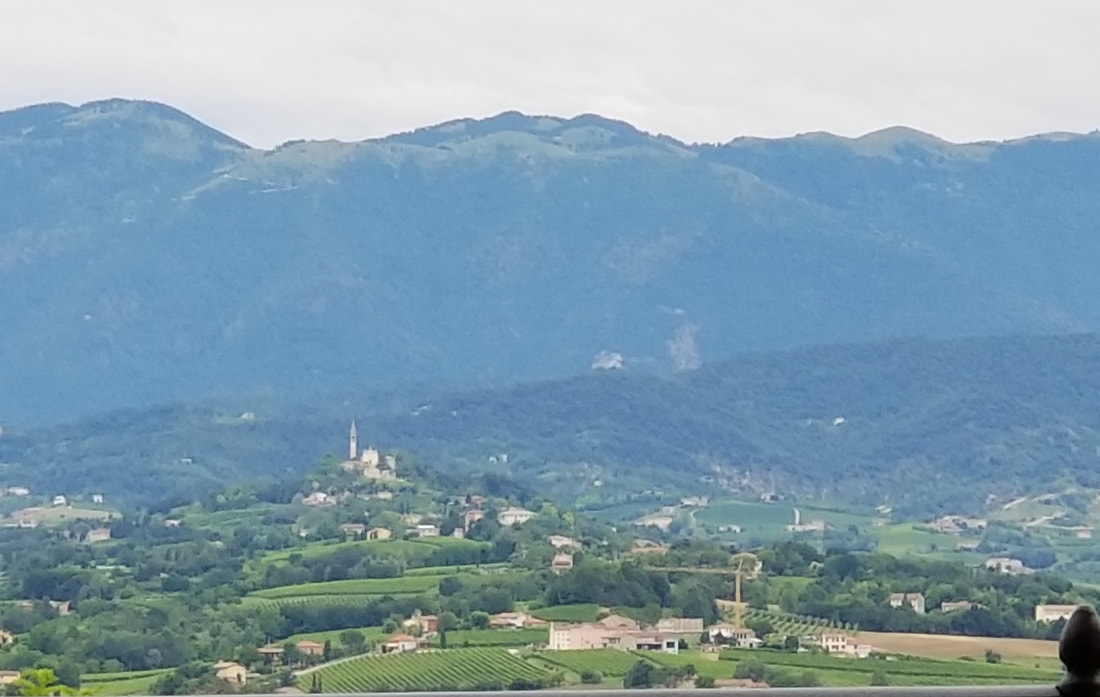
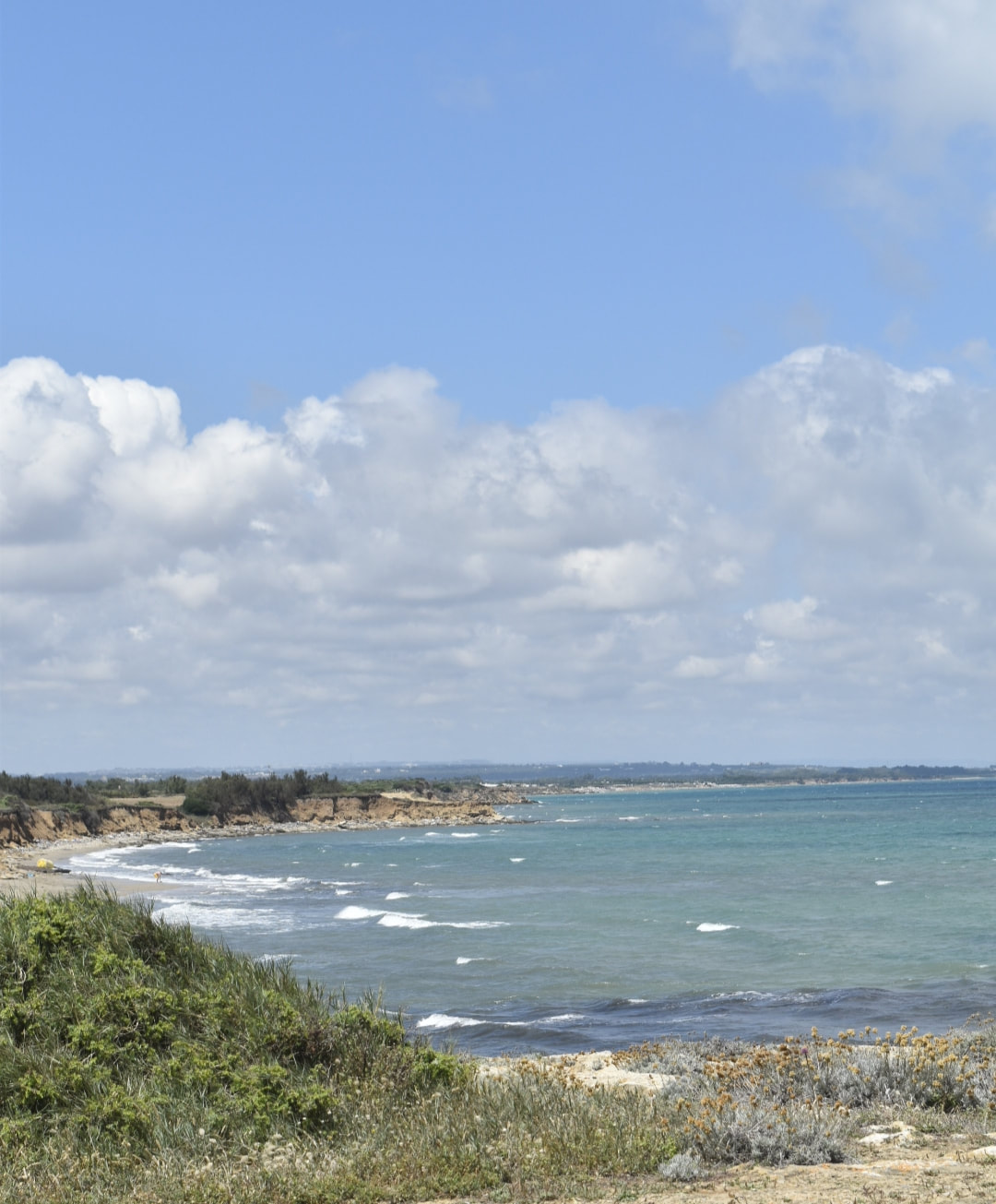
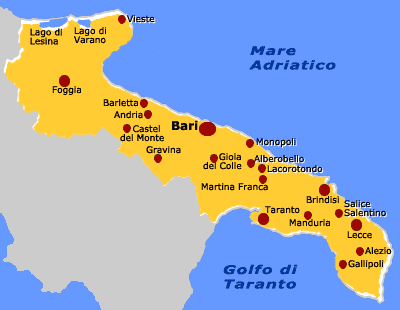
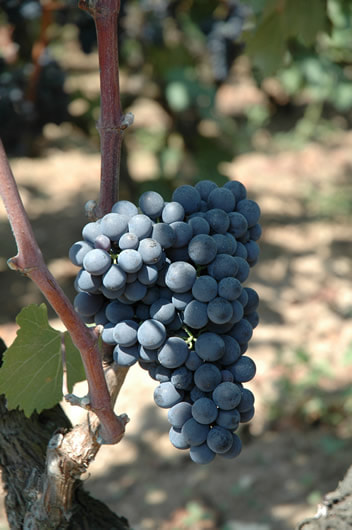
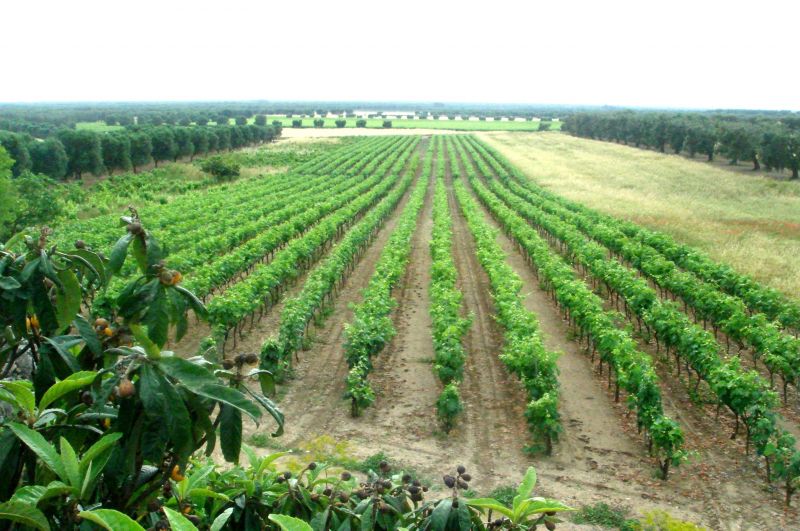
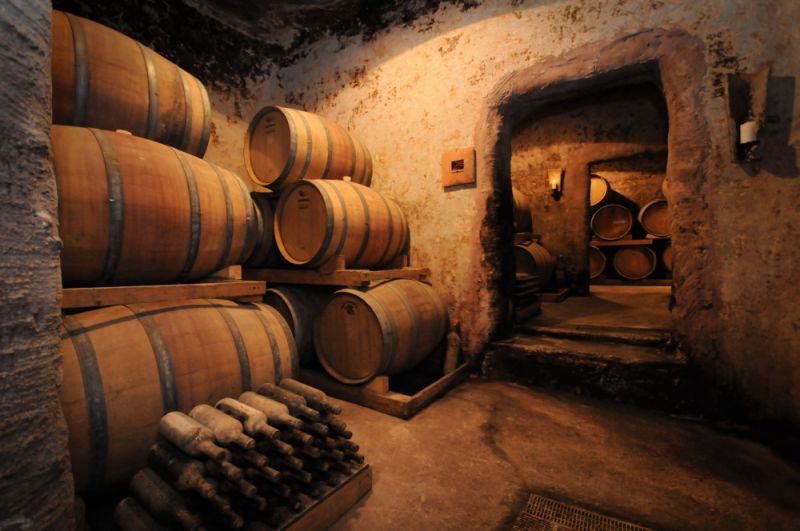
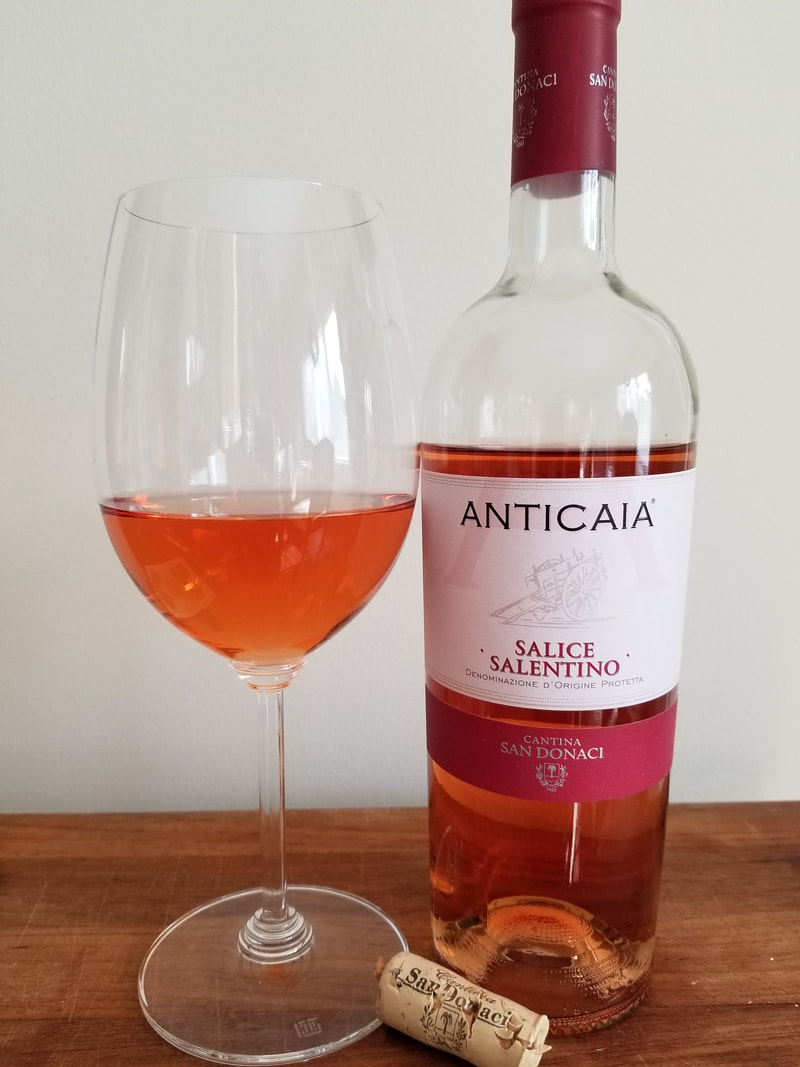
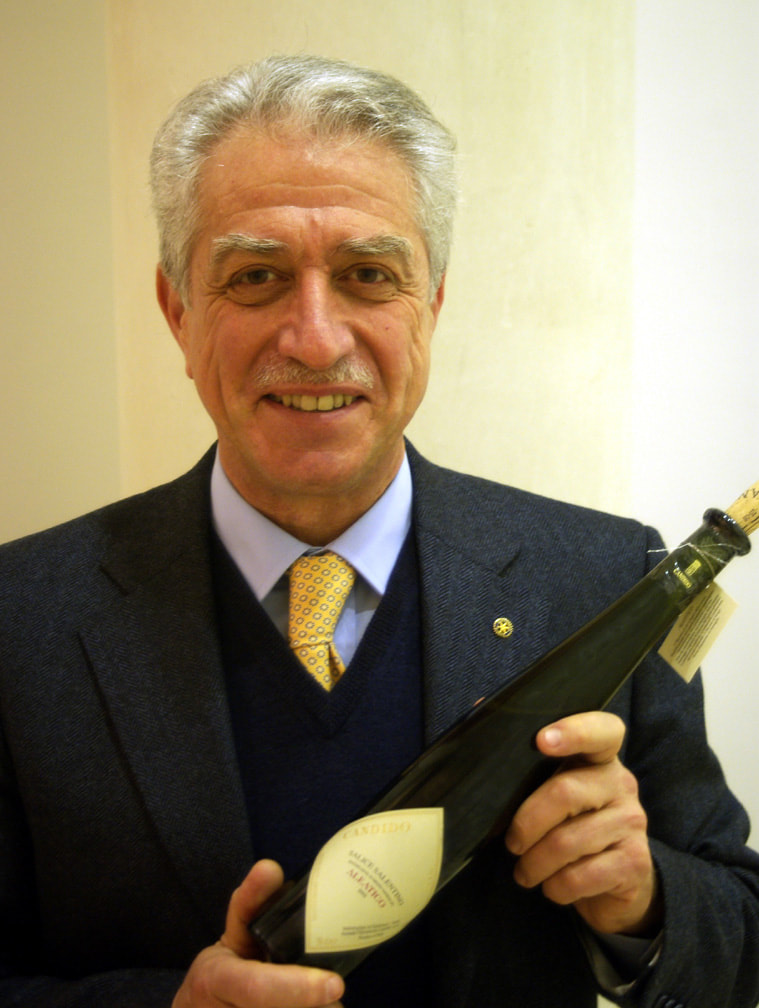
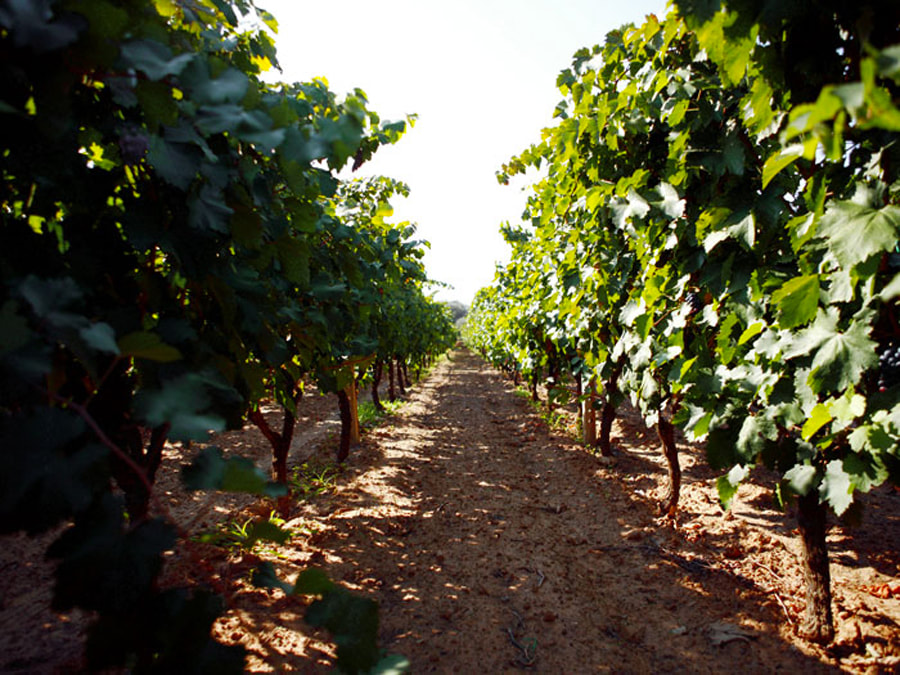
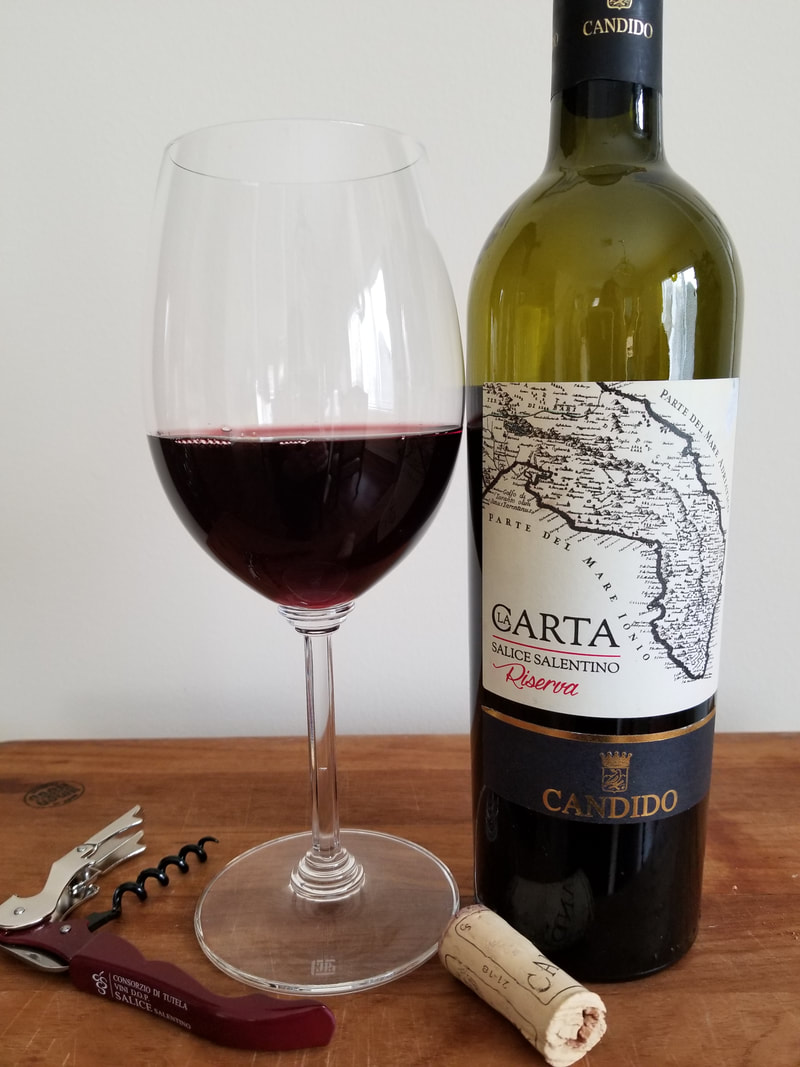
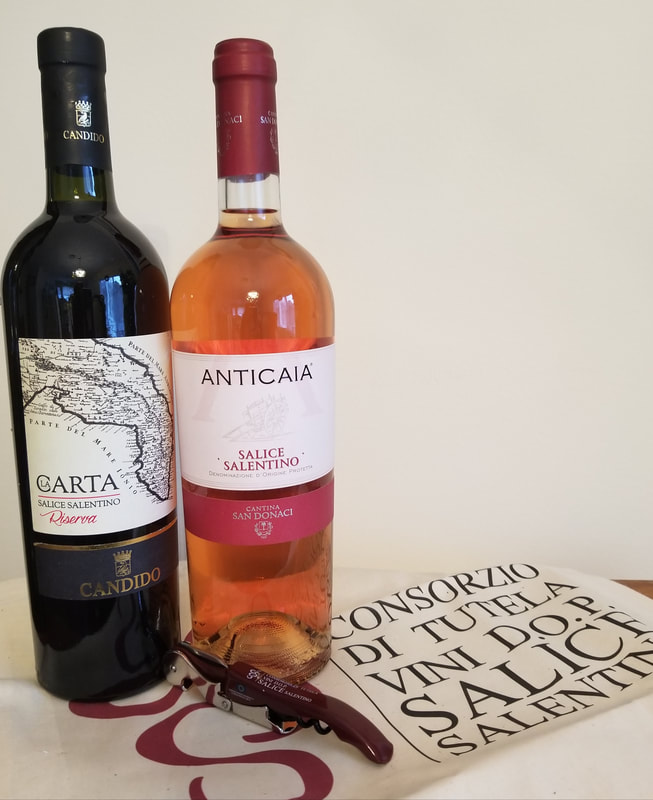
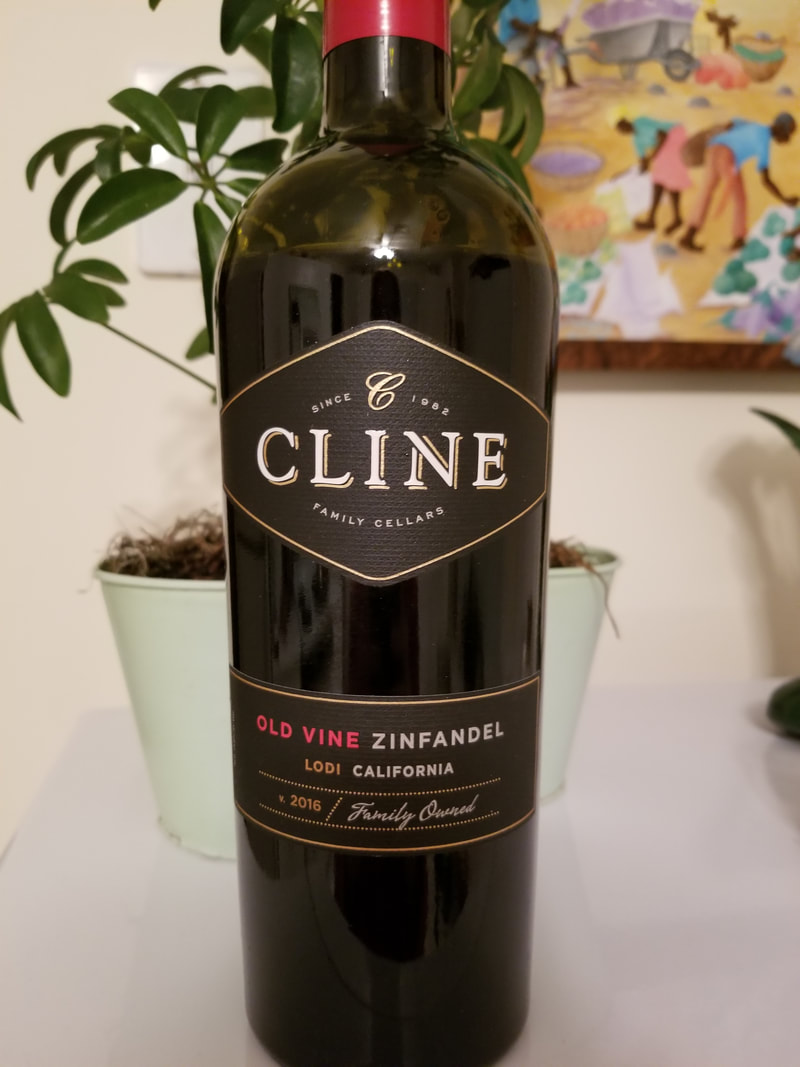
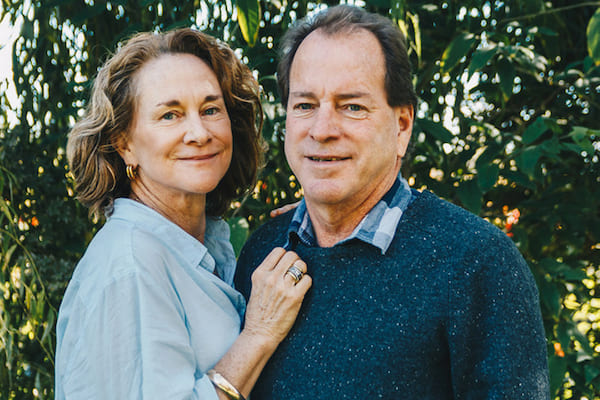
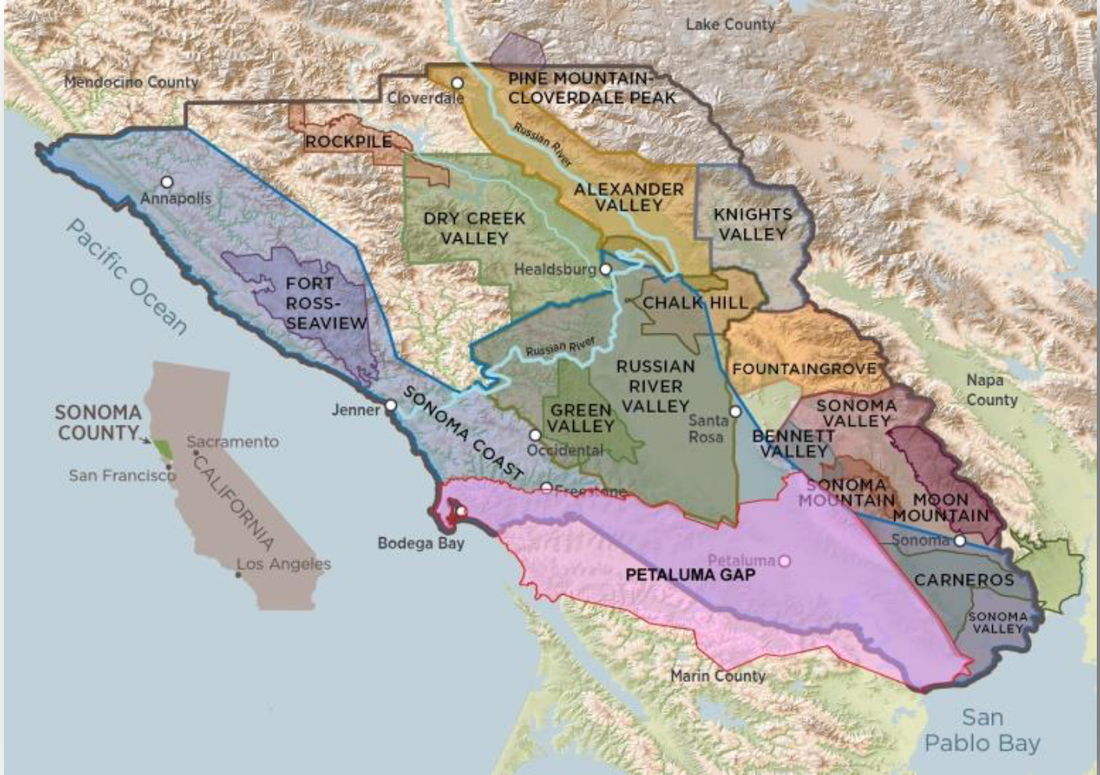
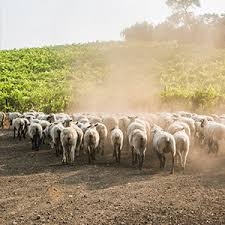
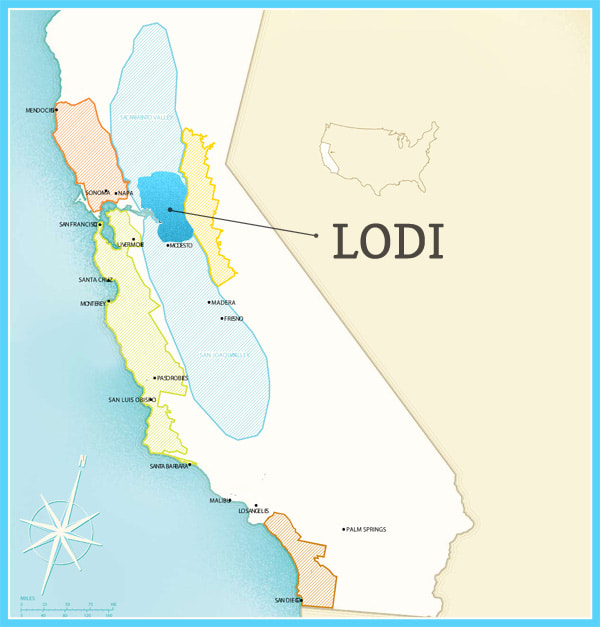
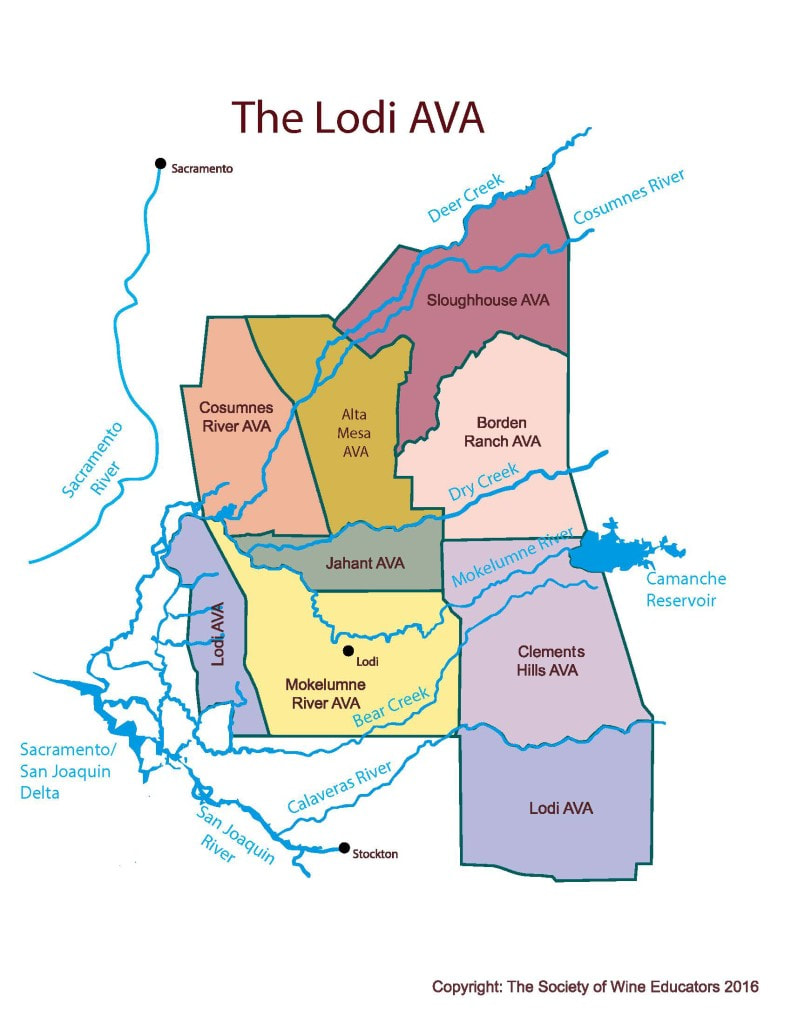
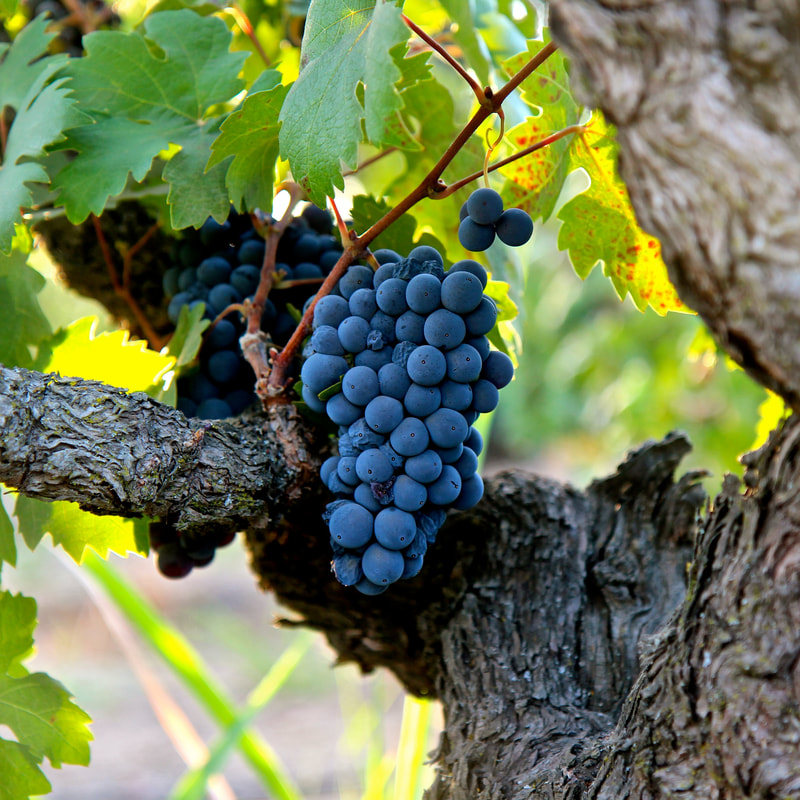
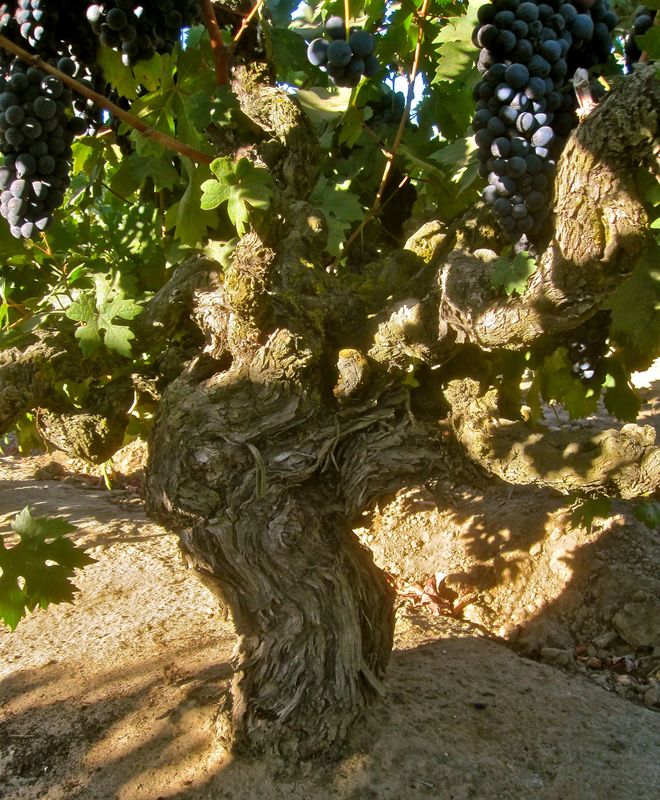
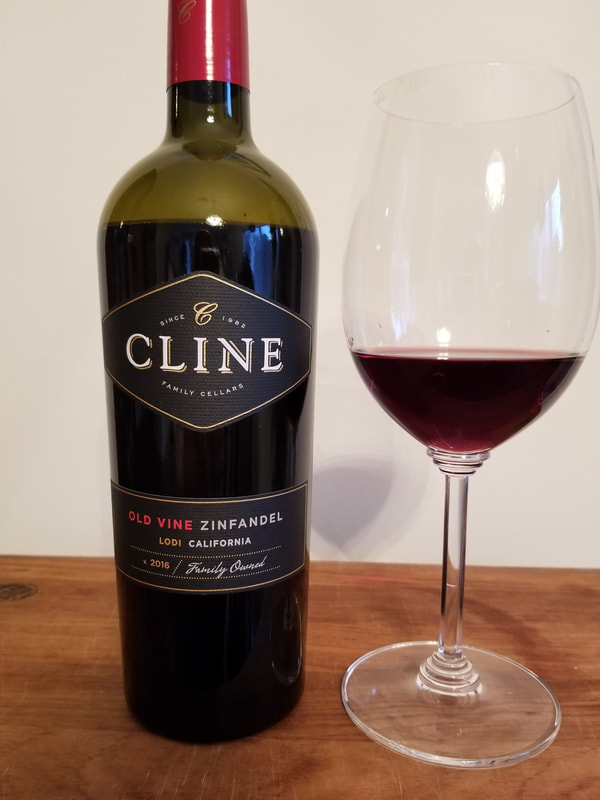
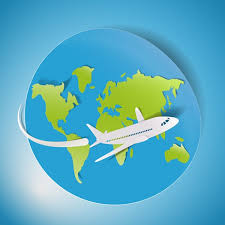
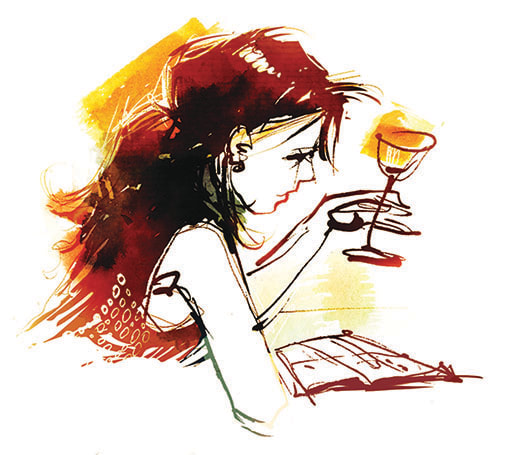

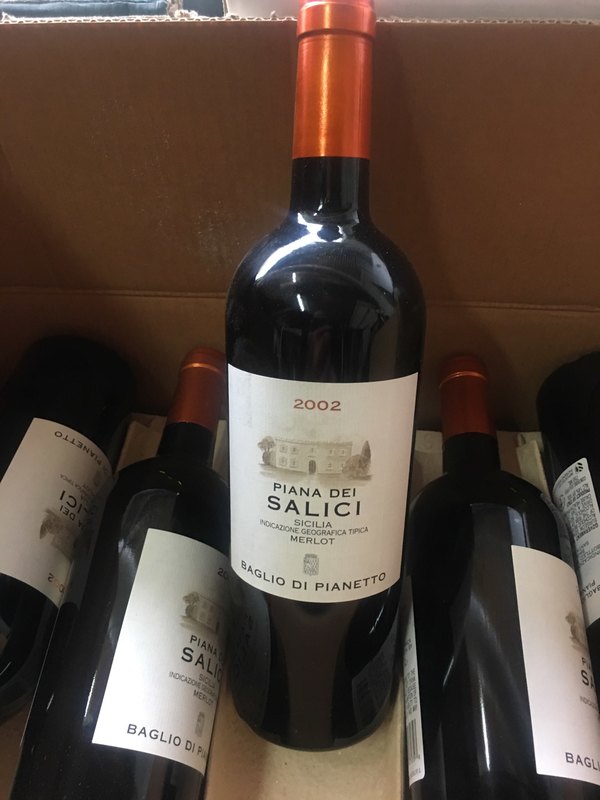

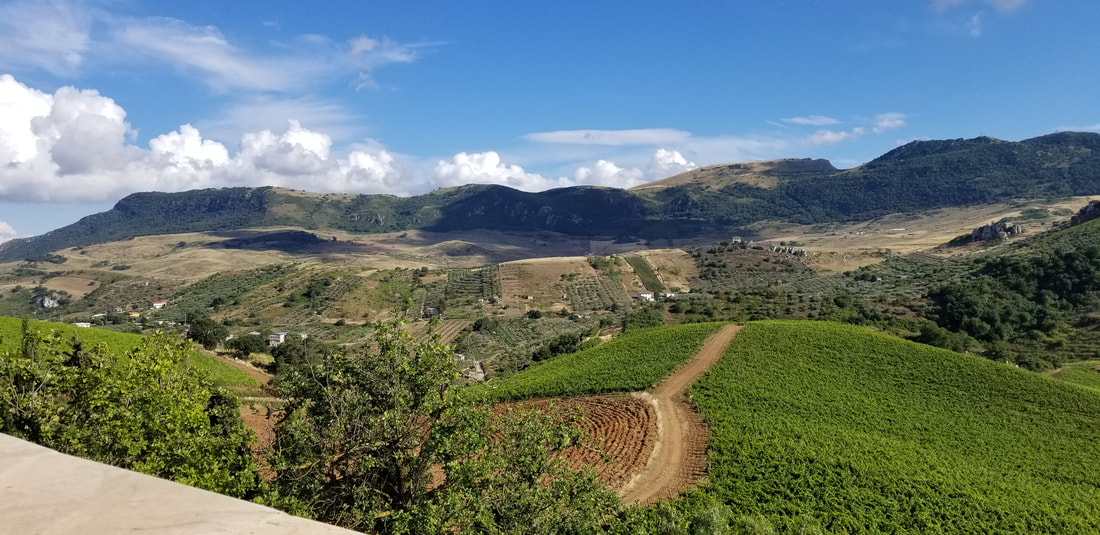
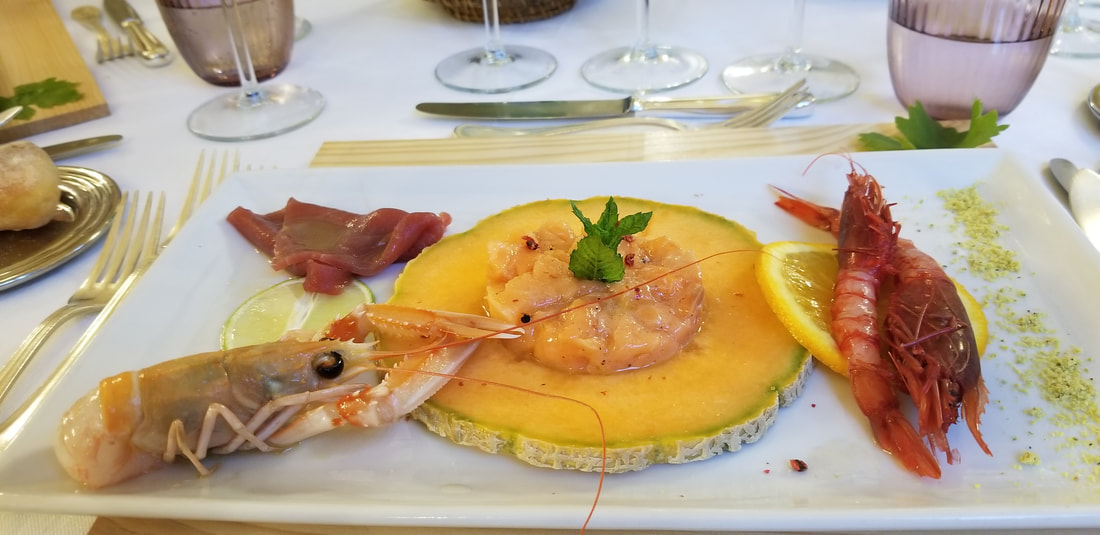
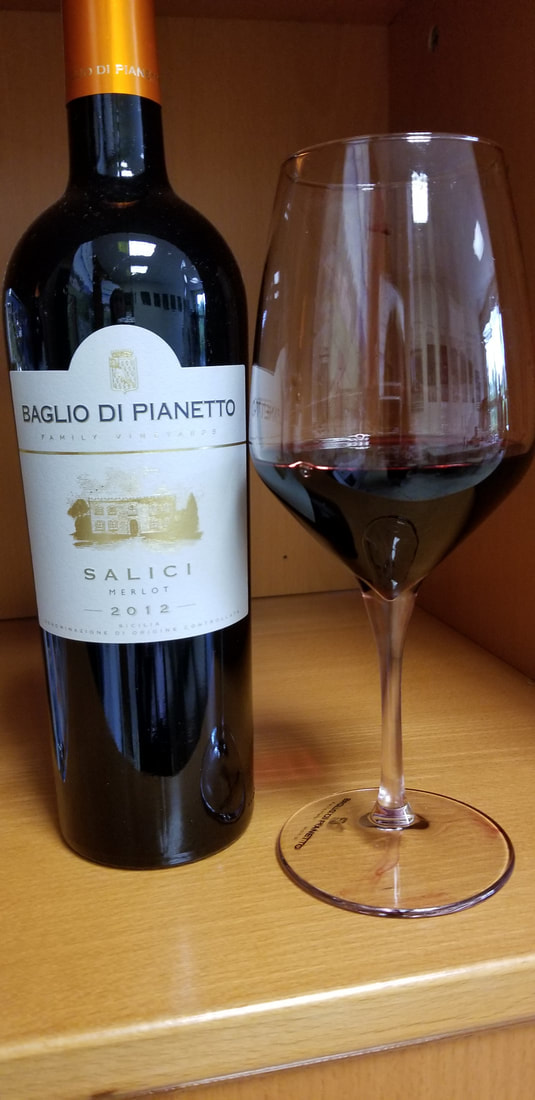
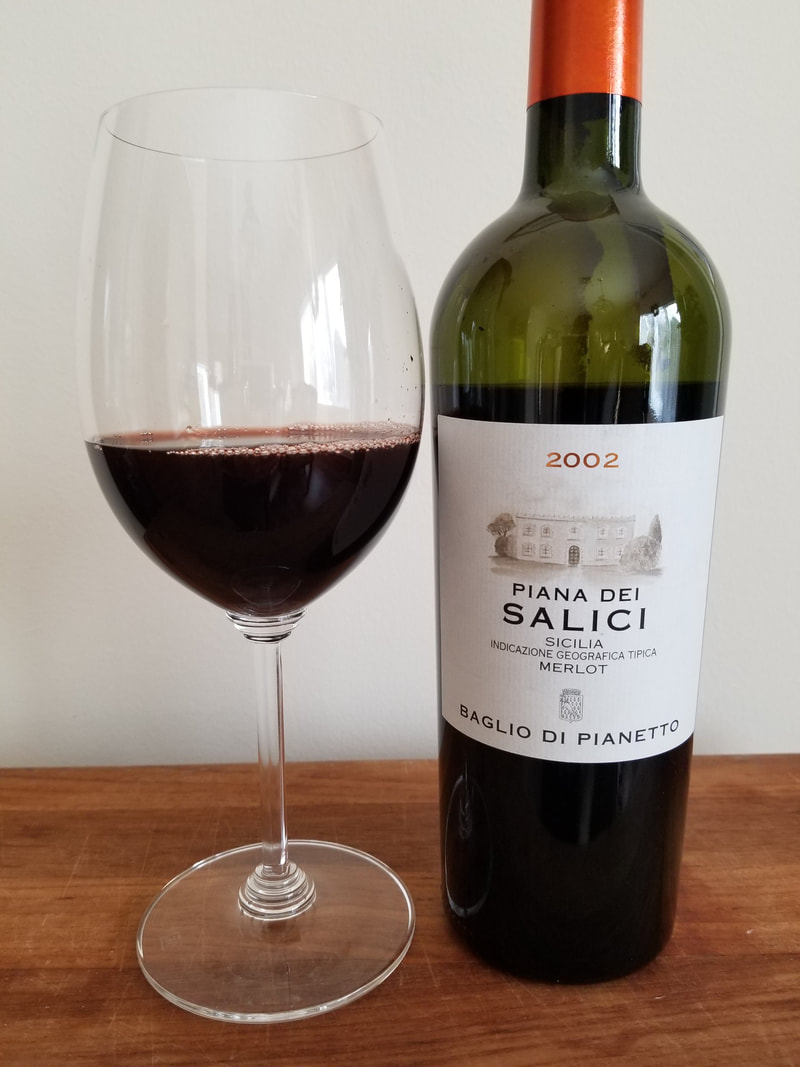
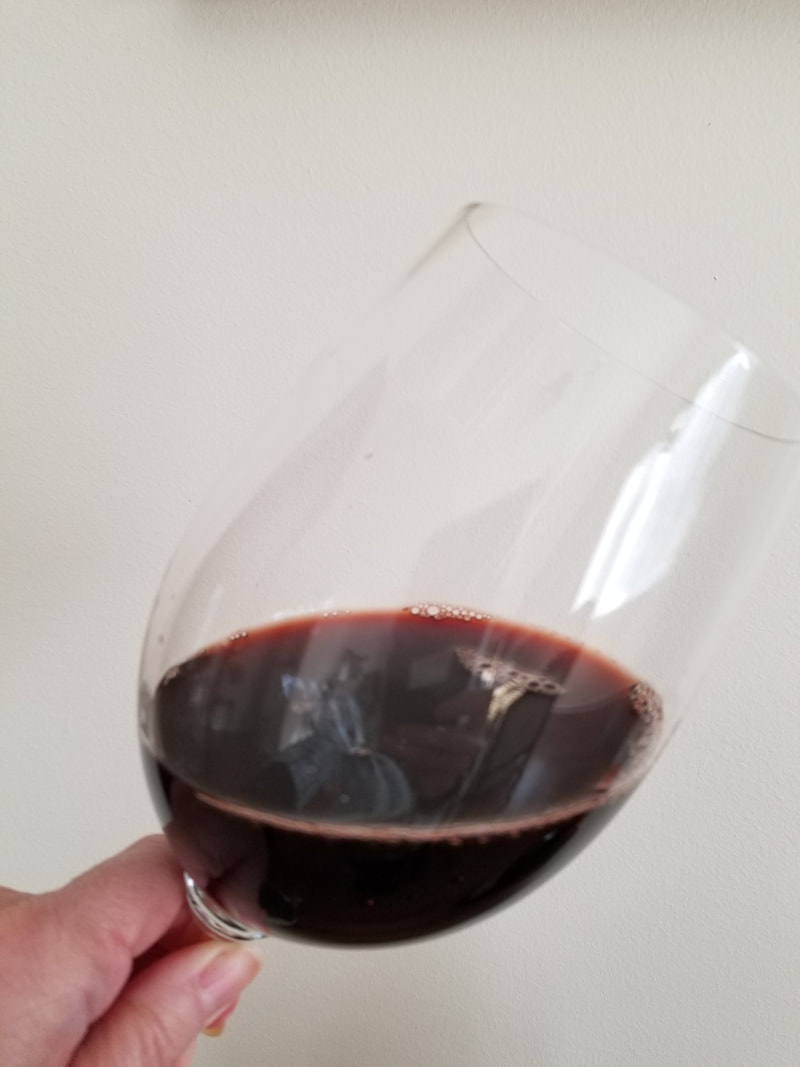
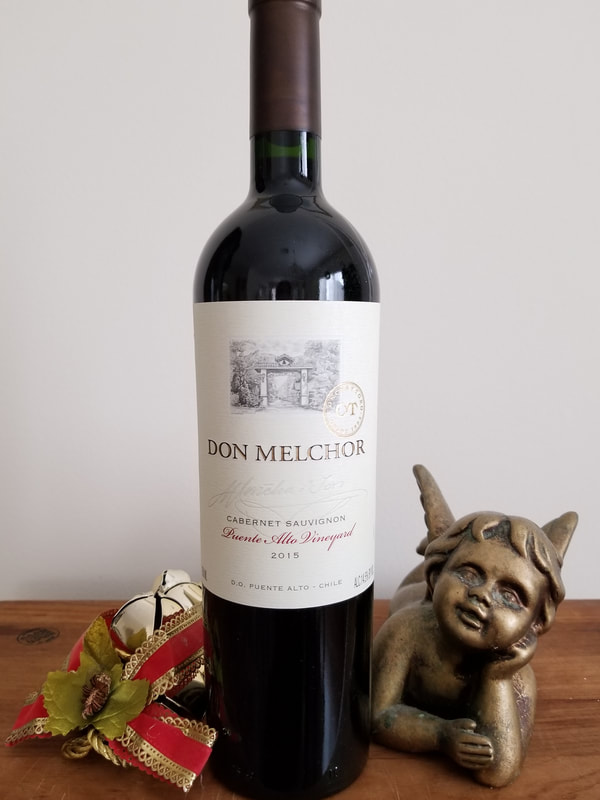
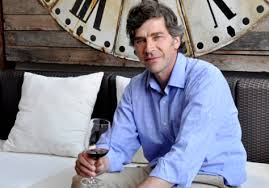
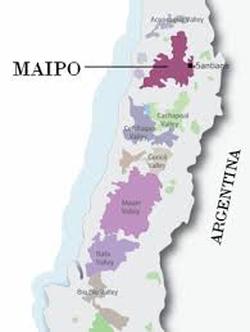

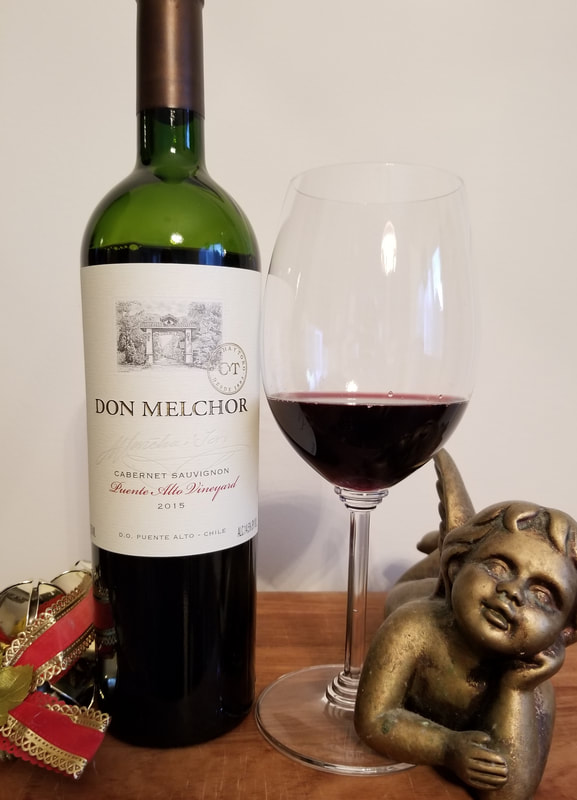
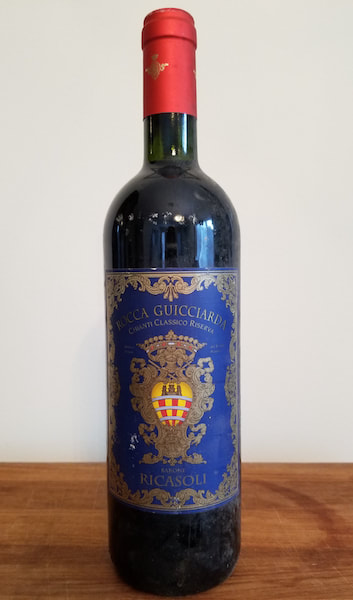
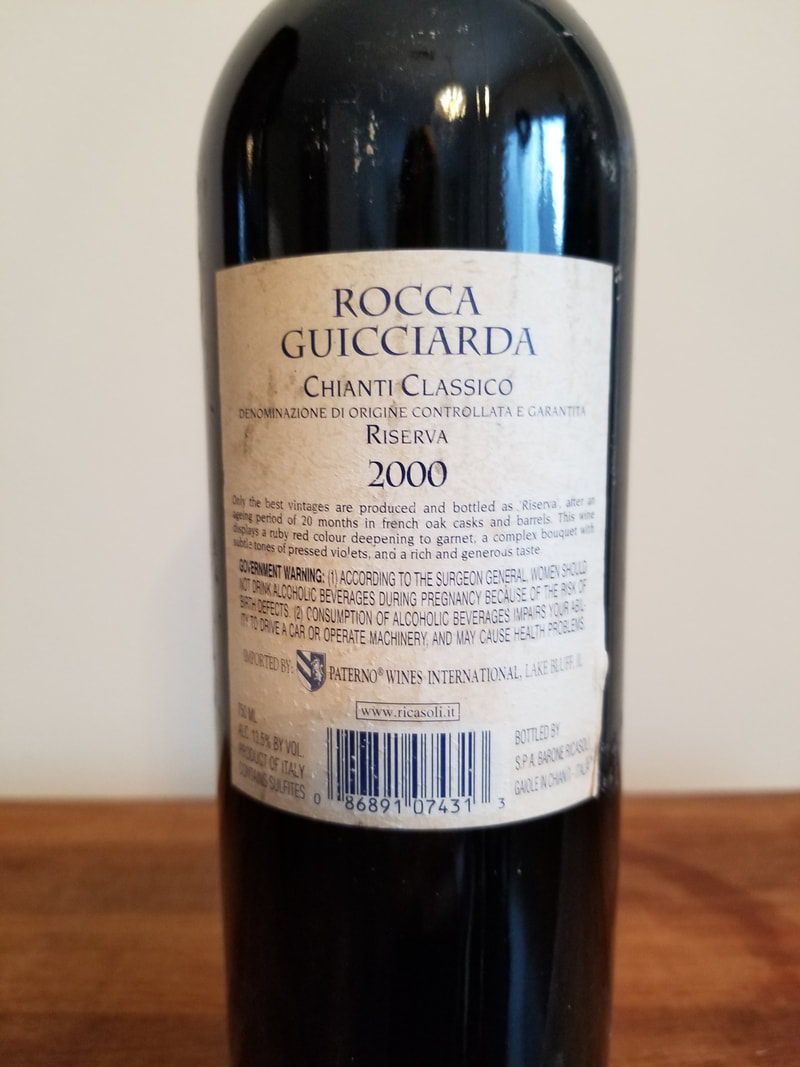
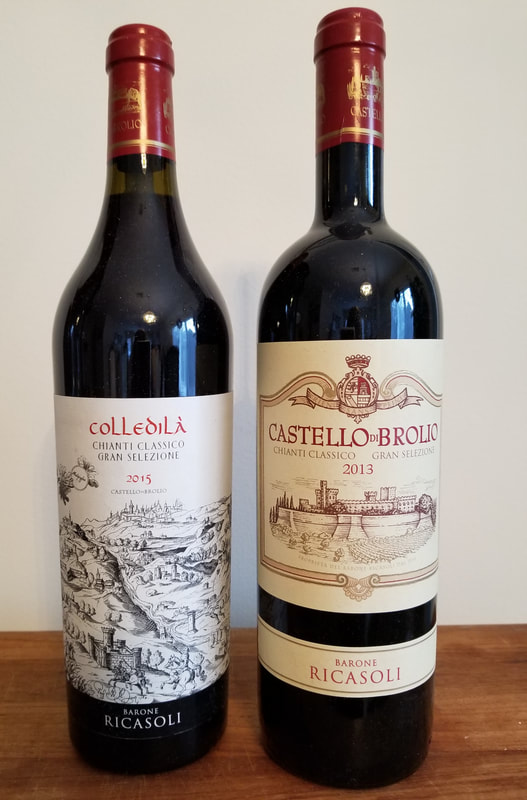
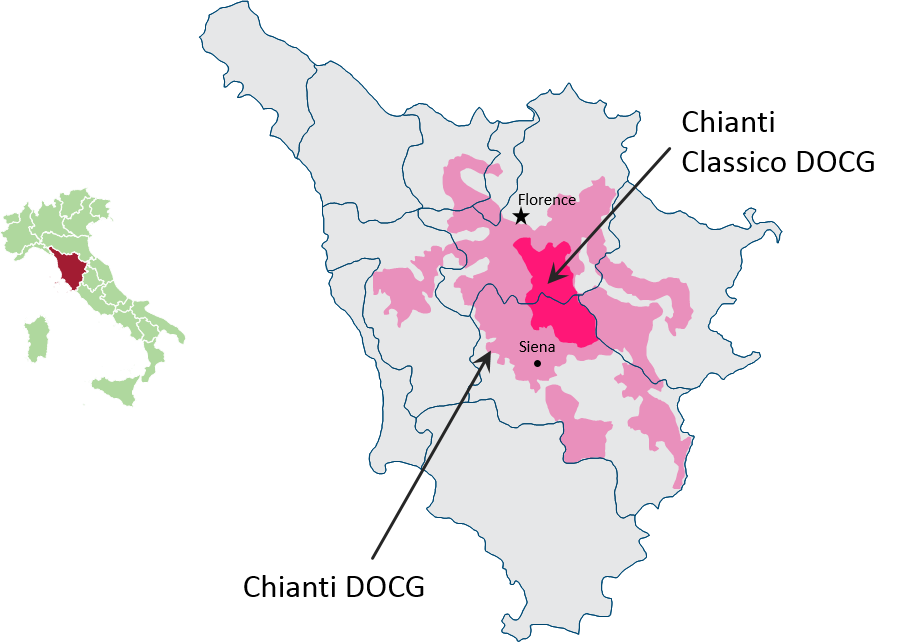
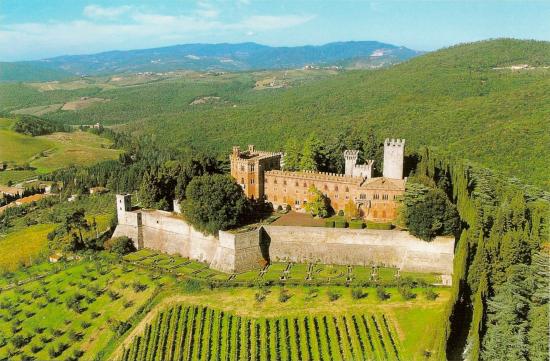
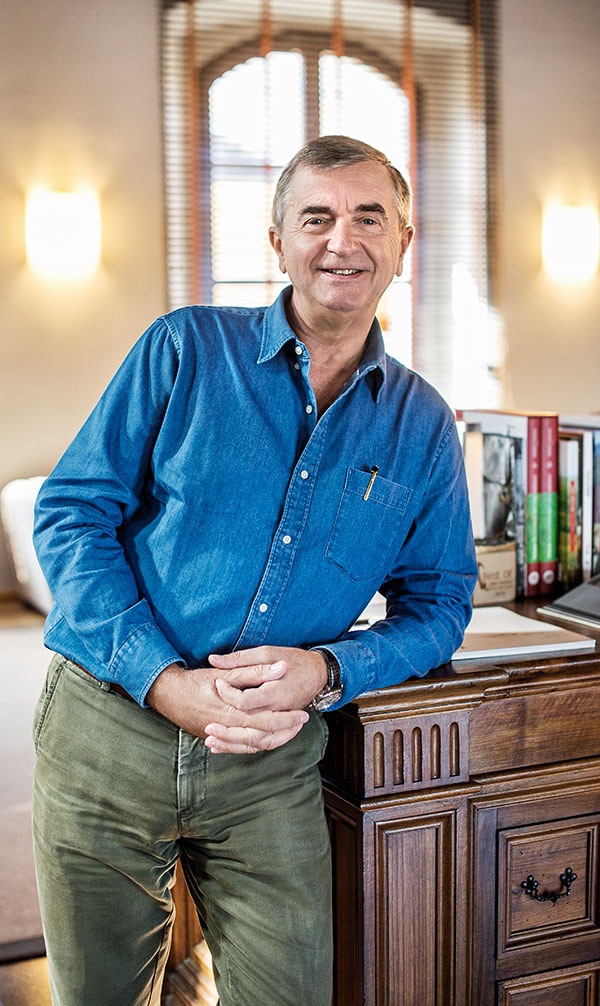
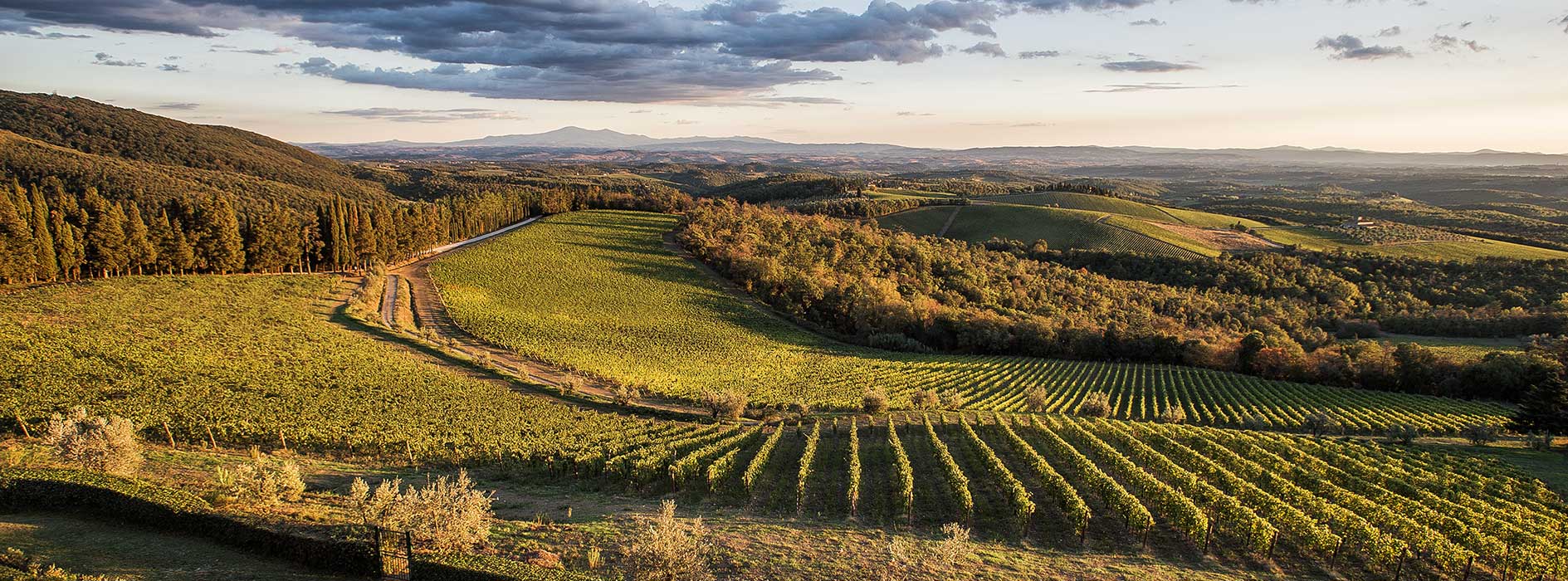
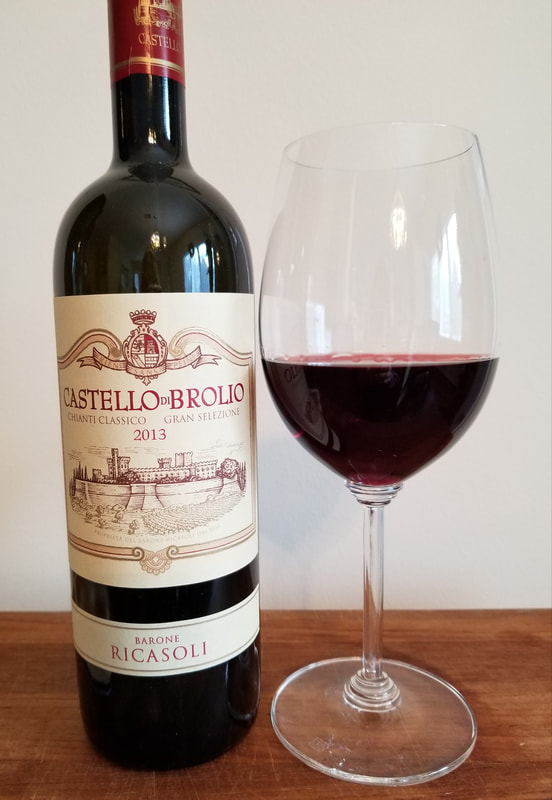
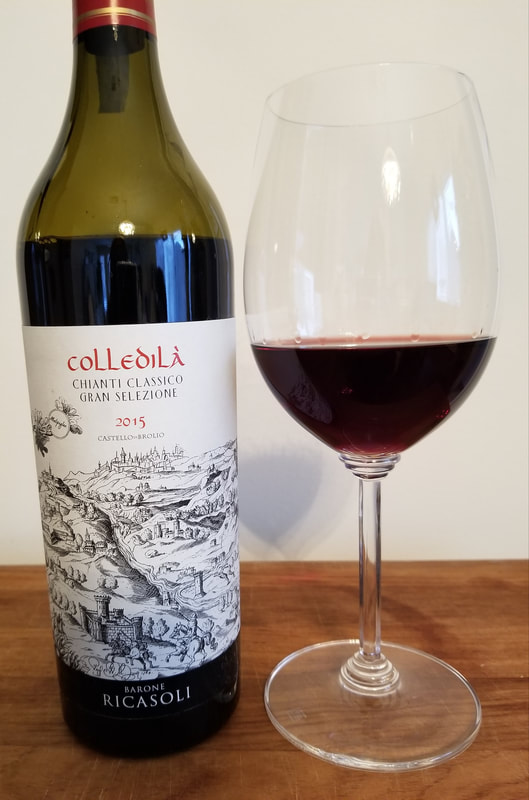
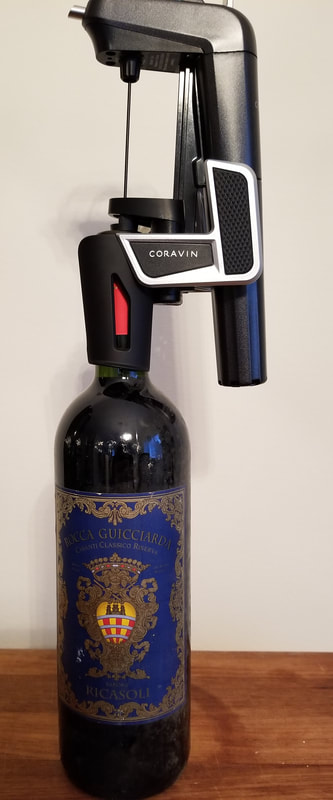
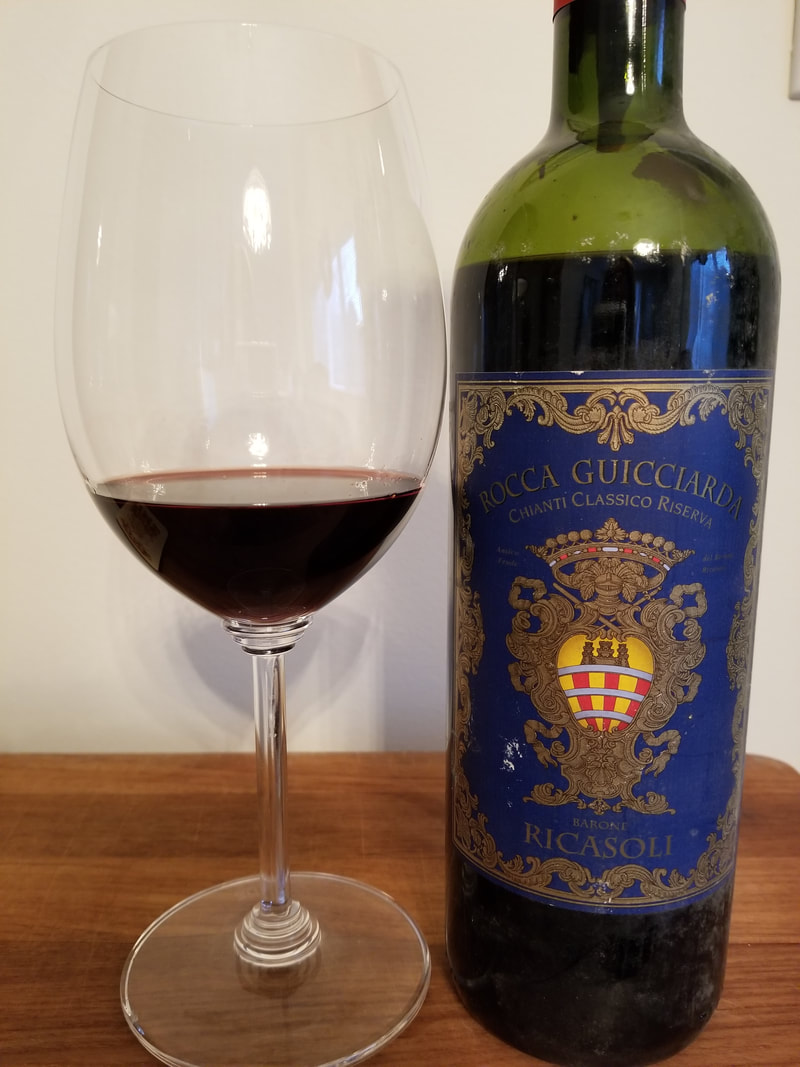
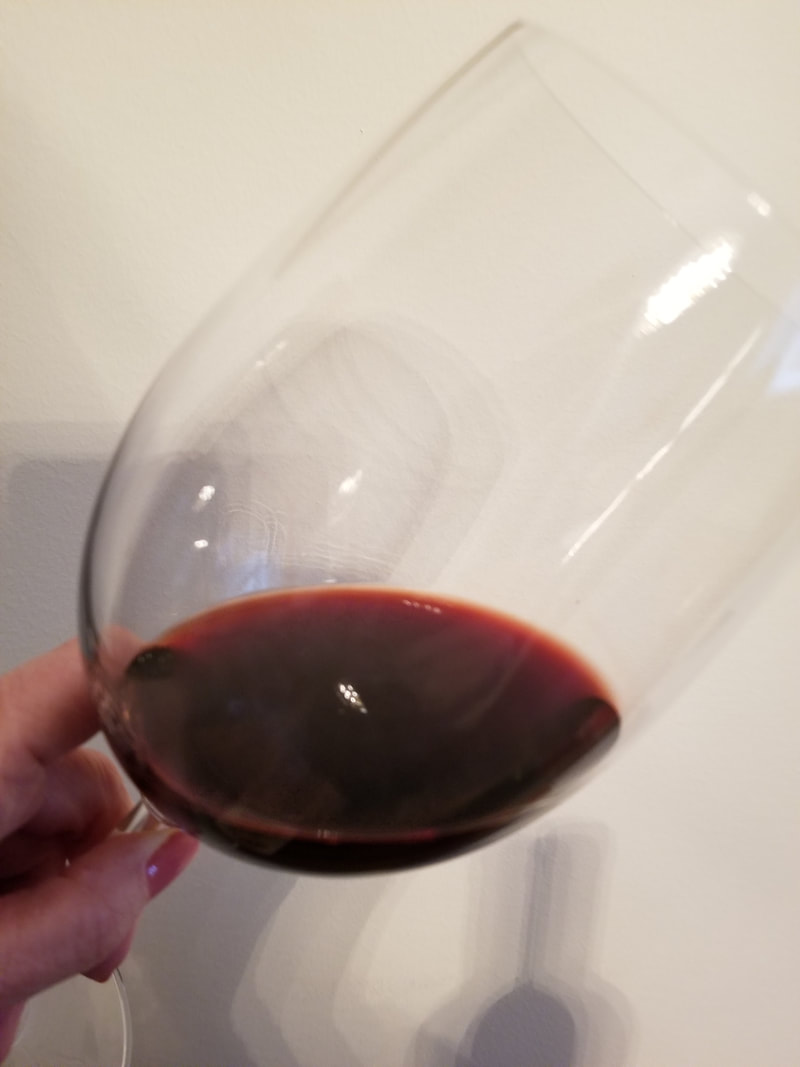
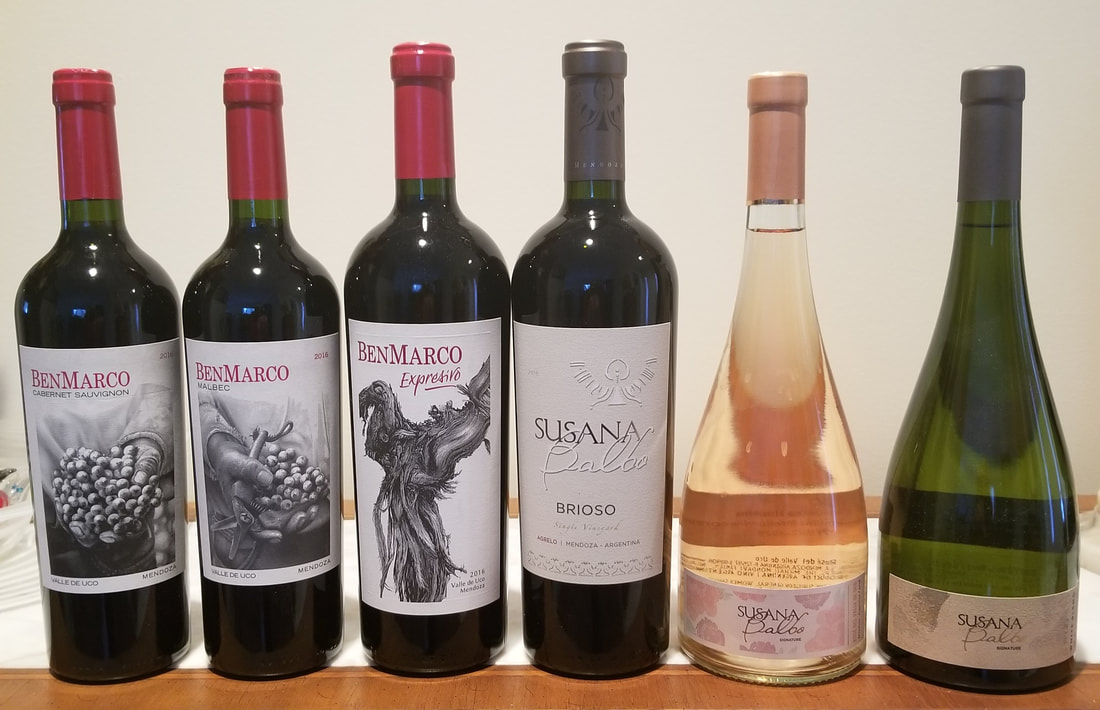
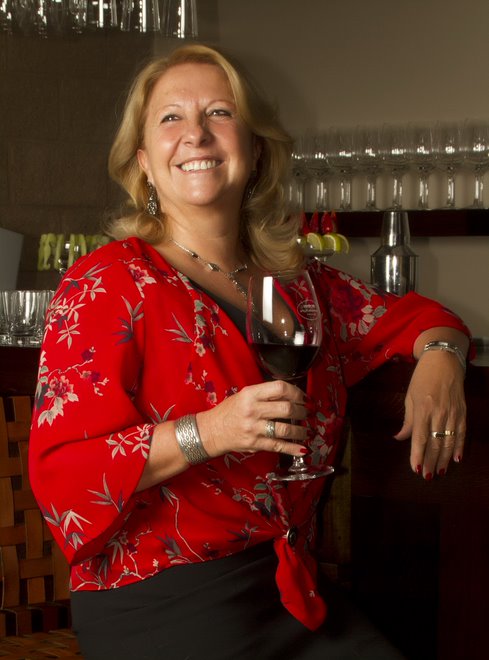

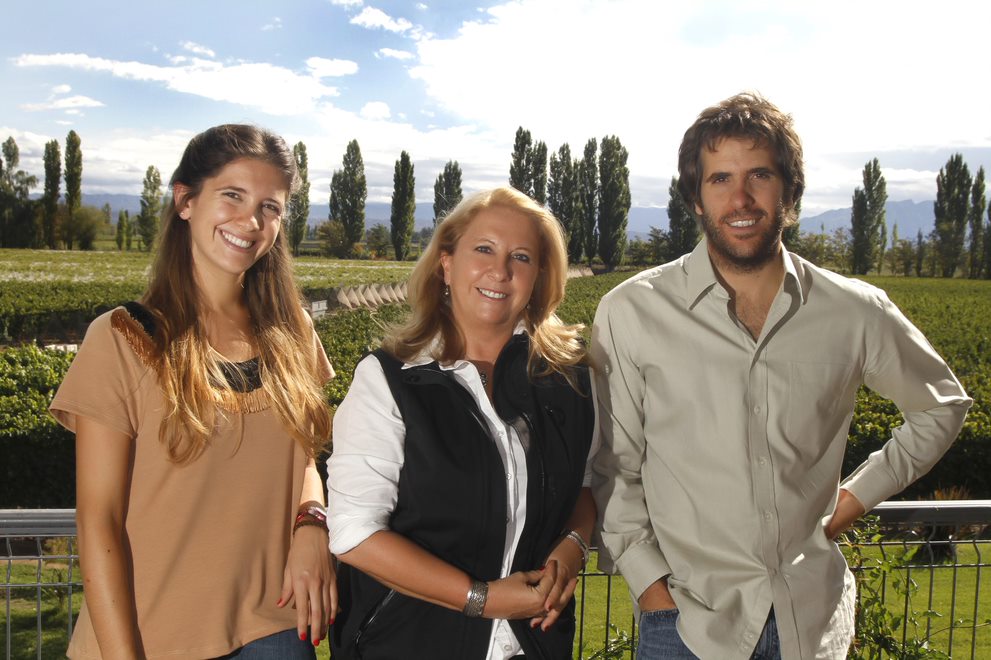
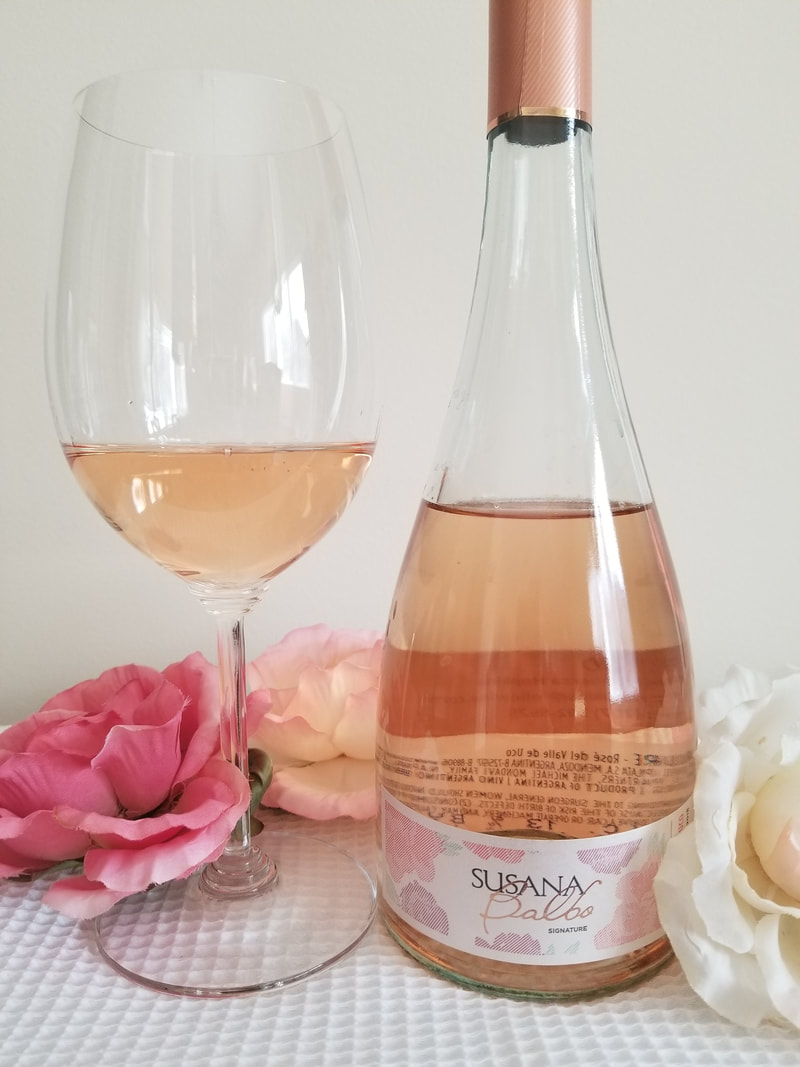

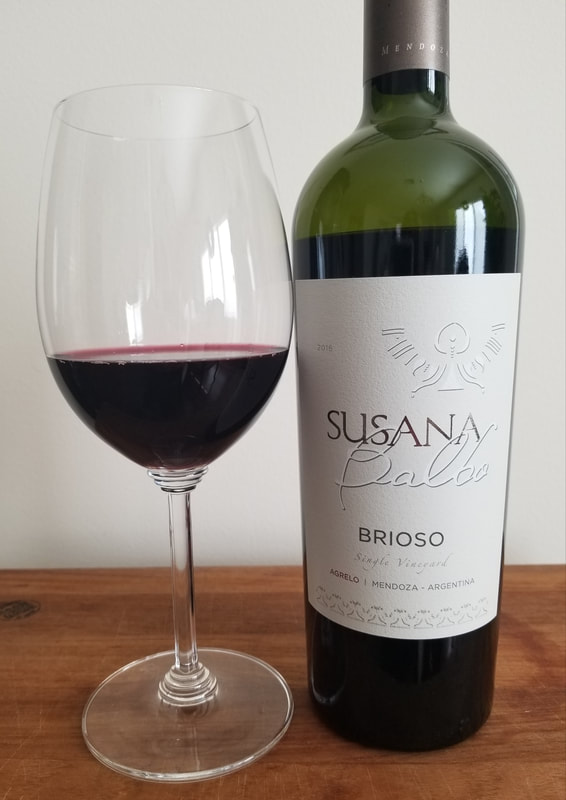
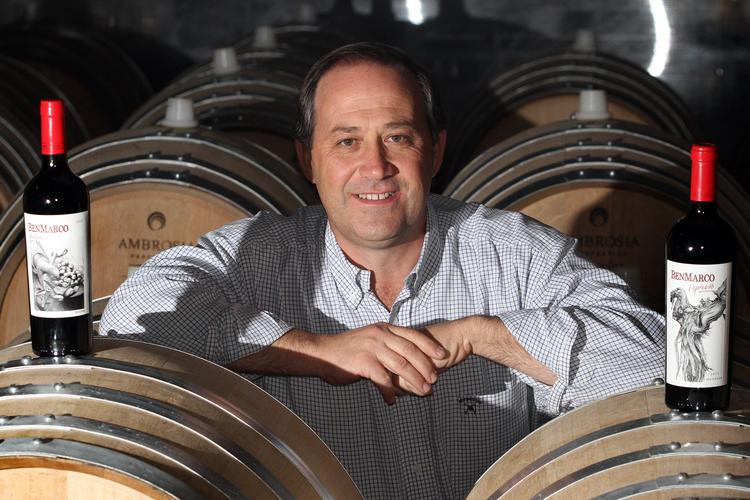
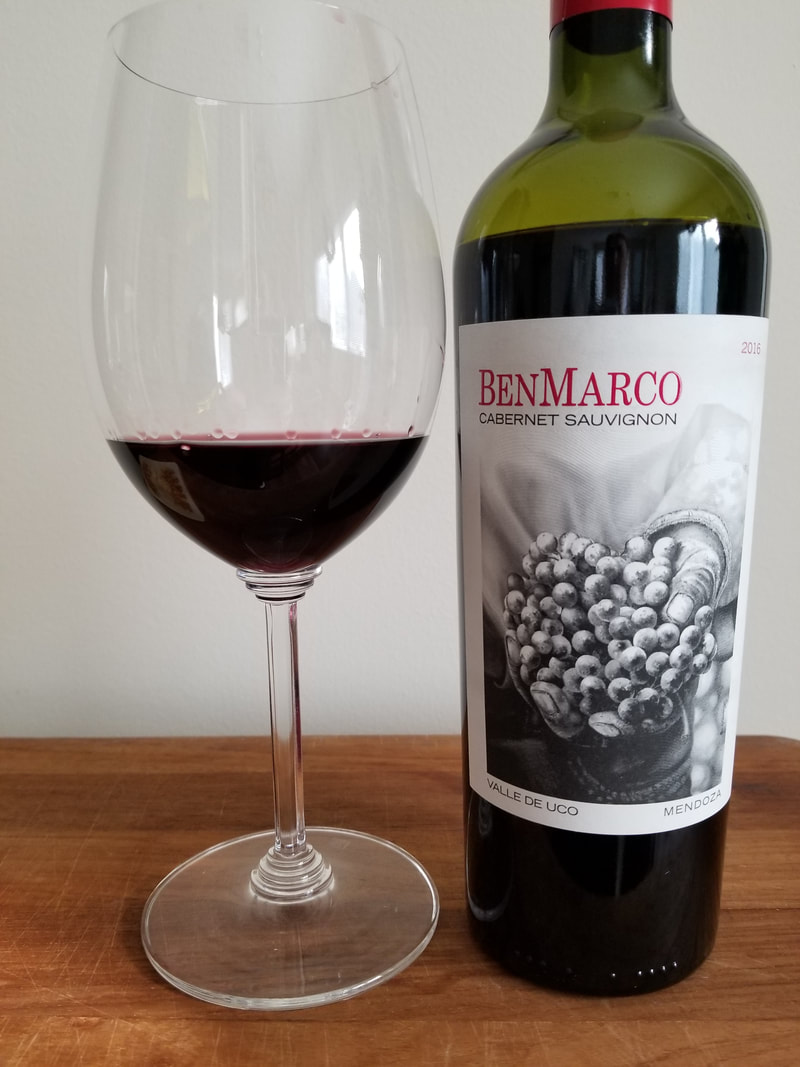
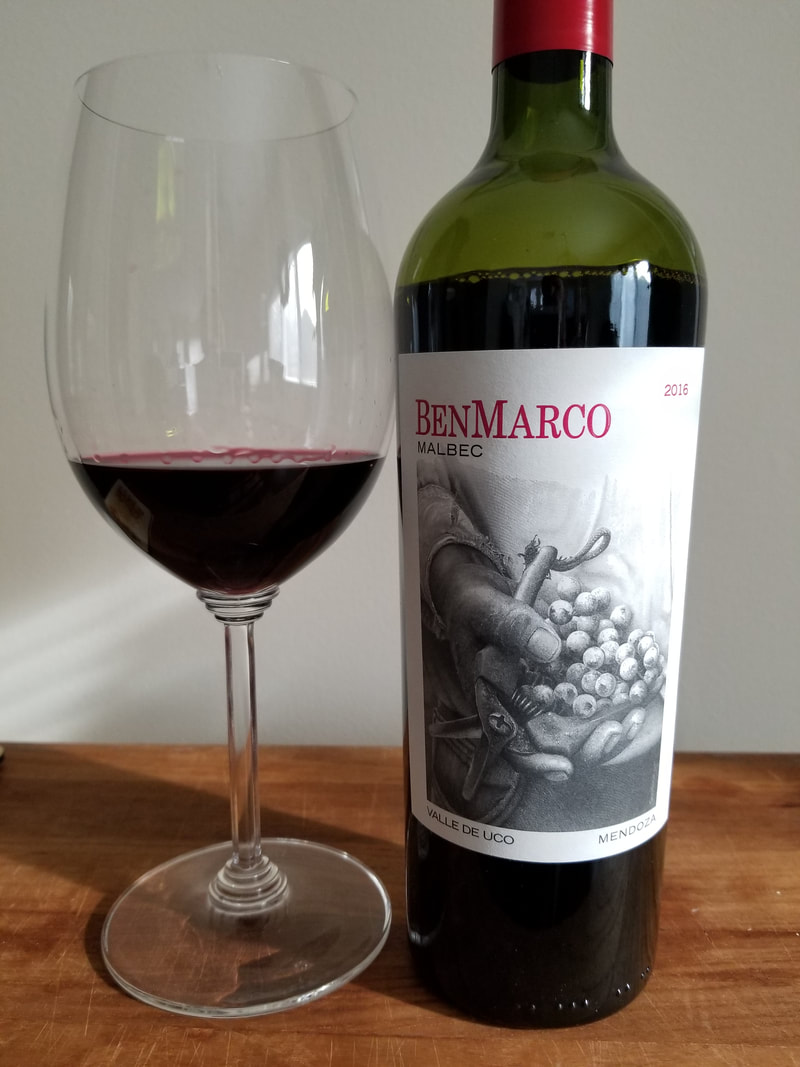
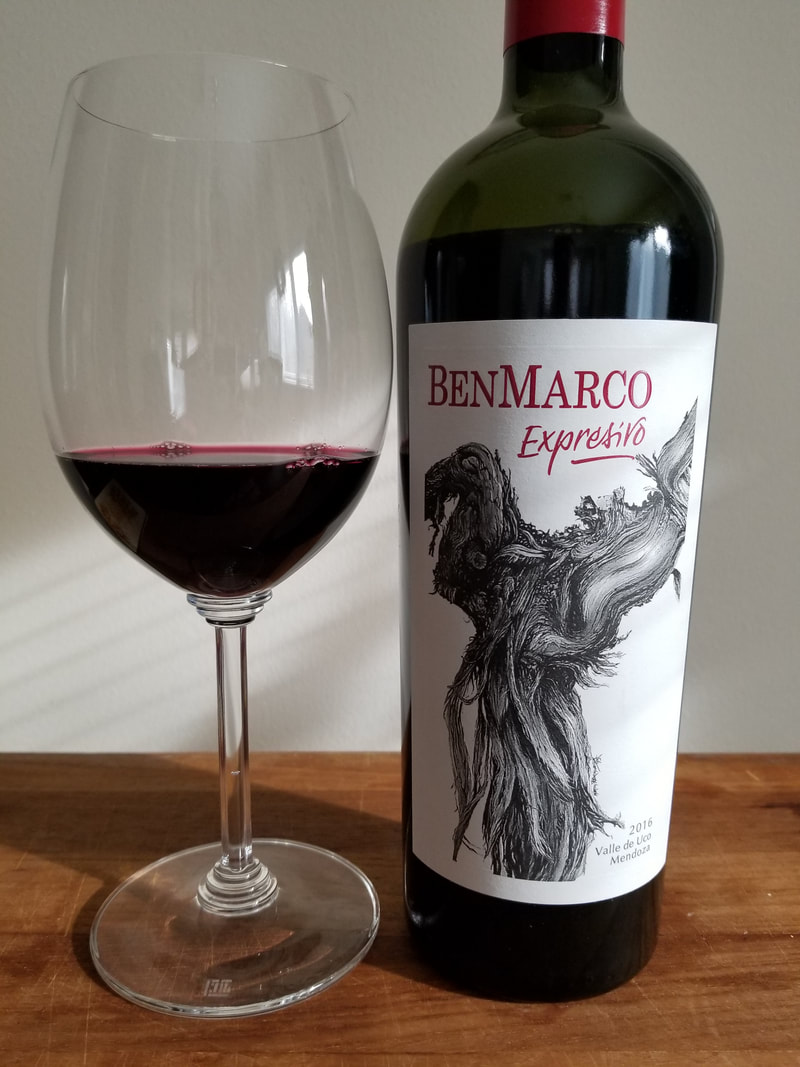
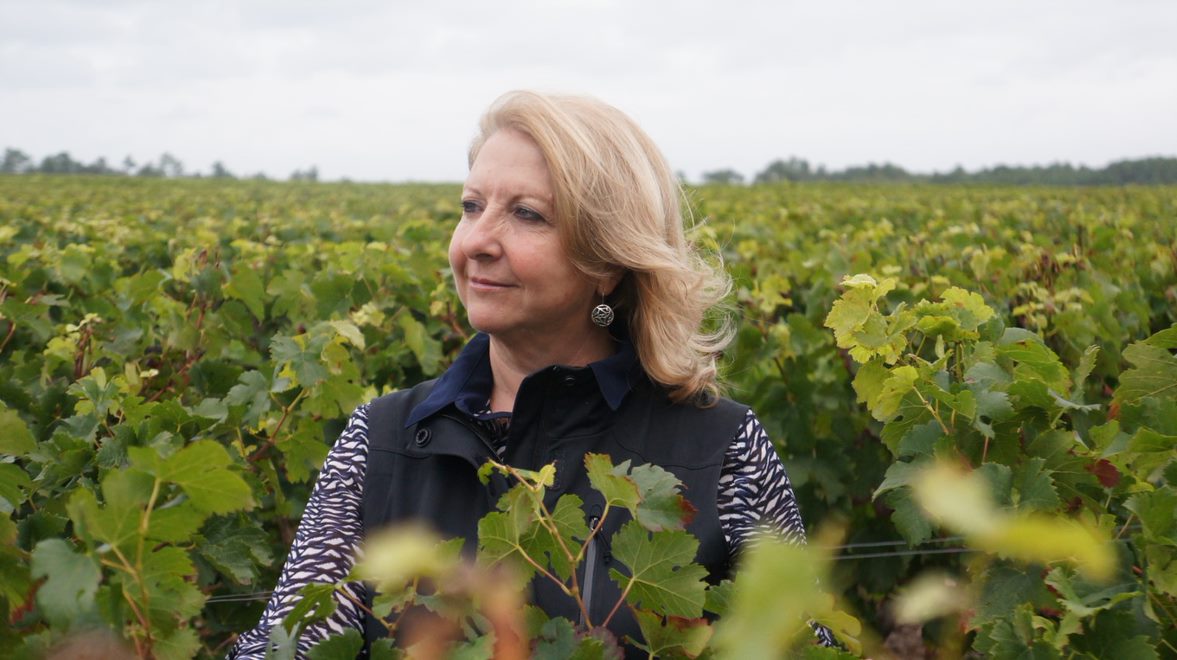
 RSS Feed
RSS Feed